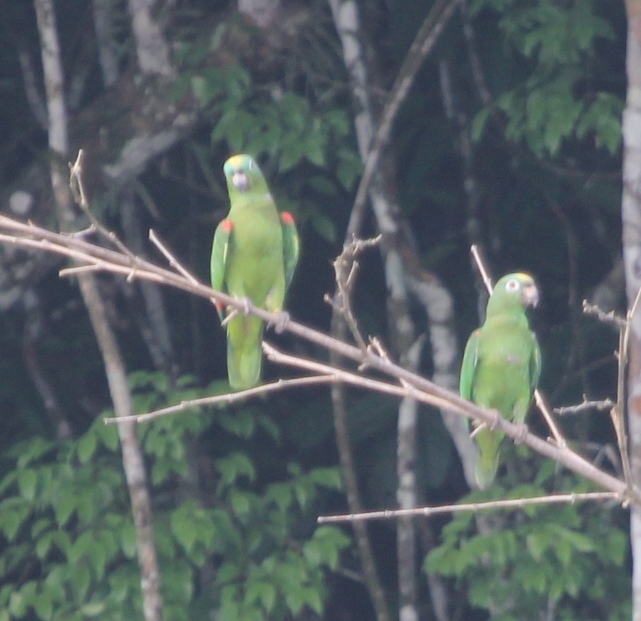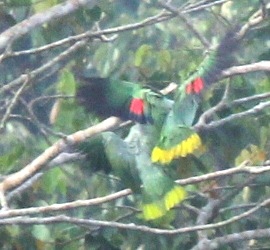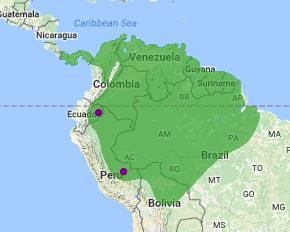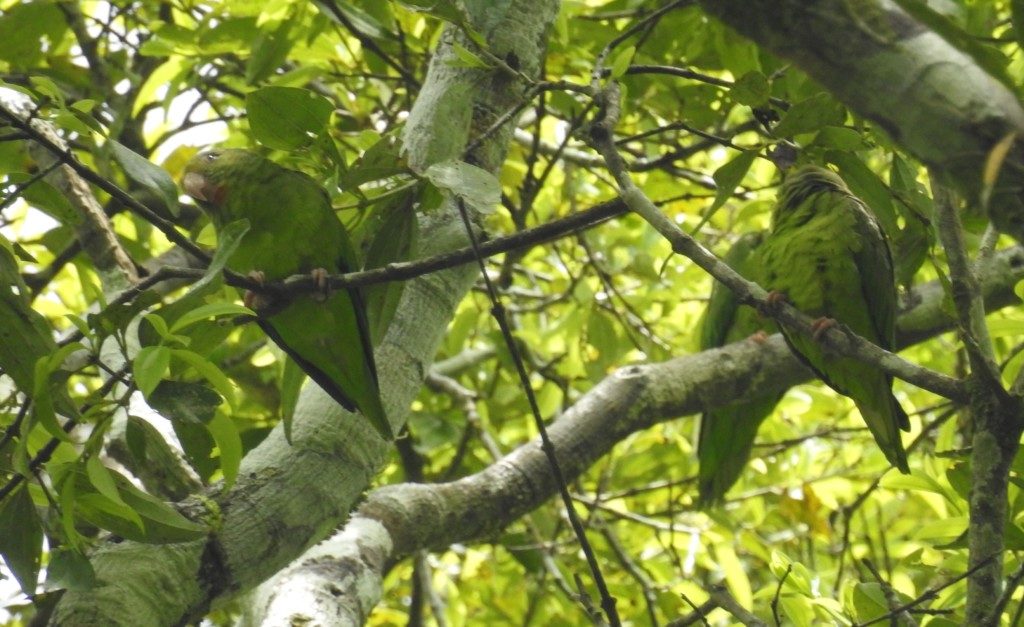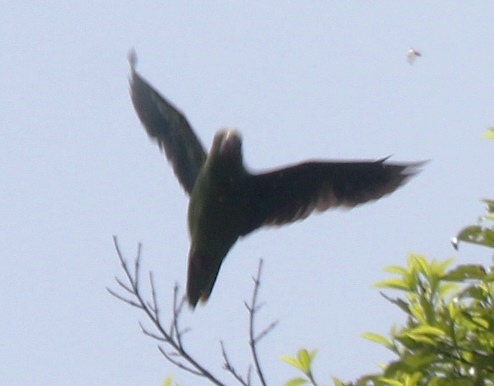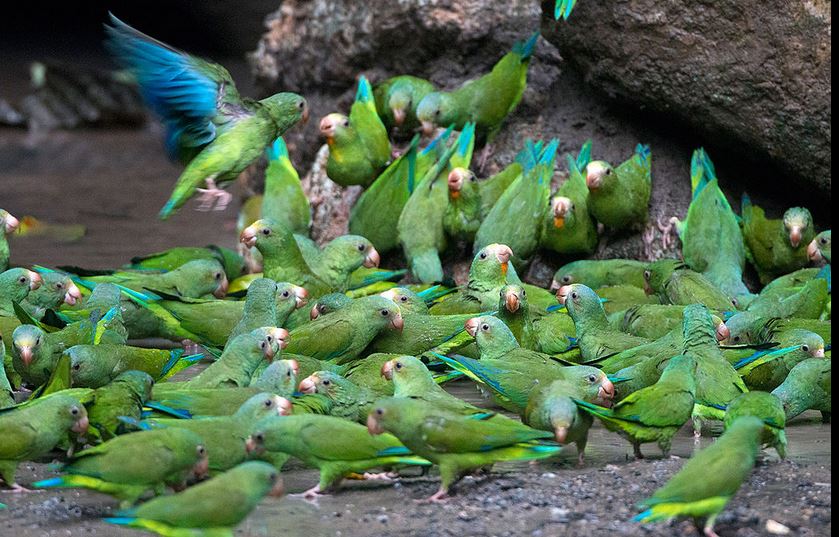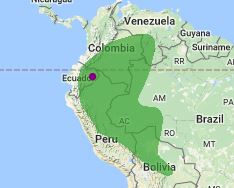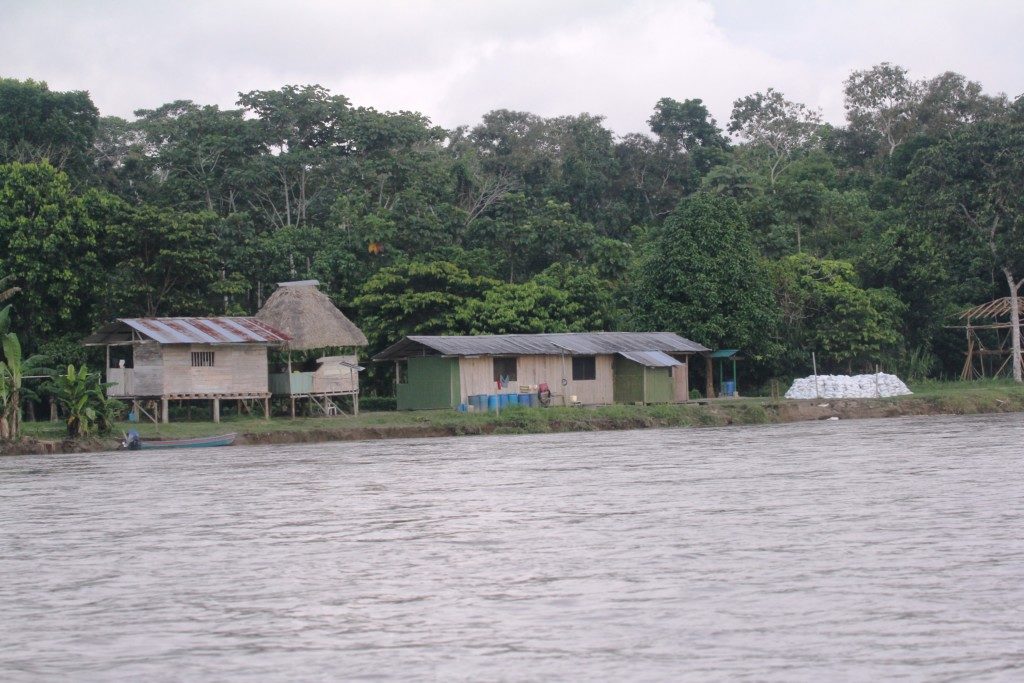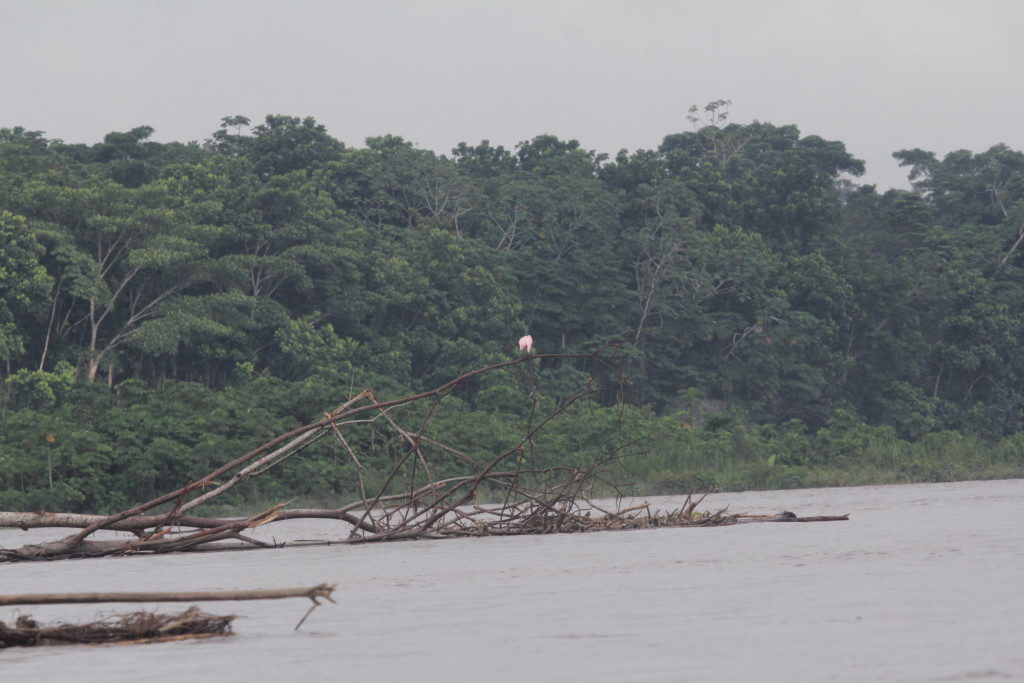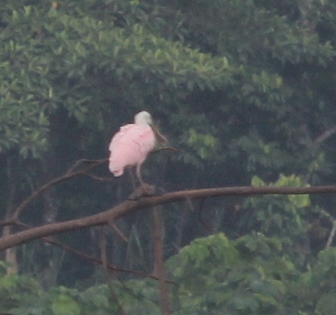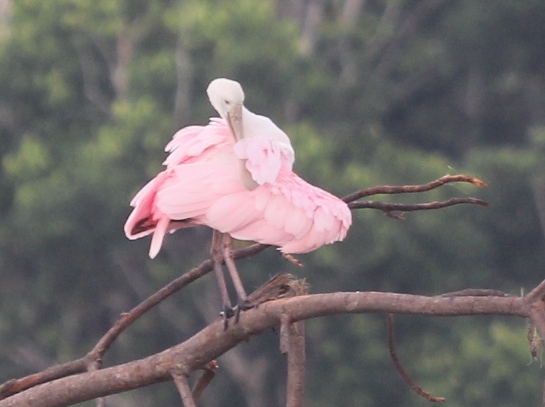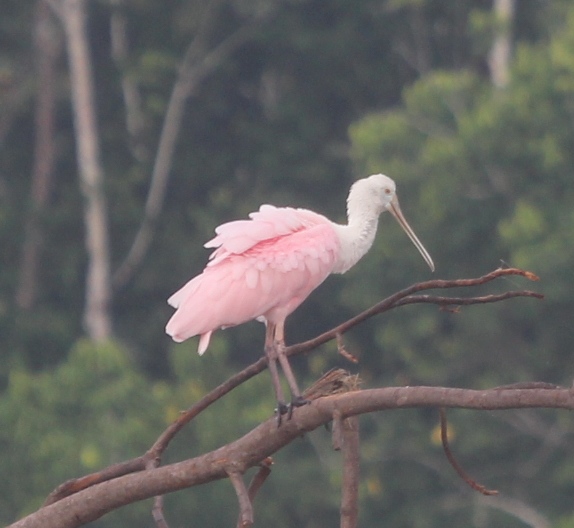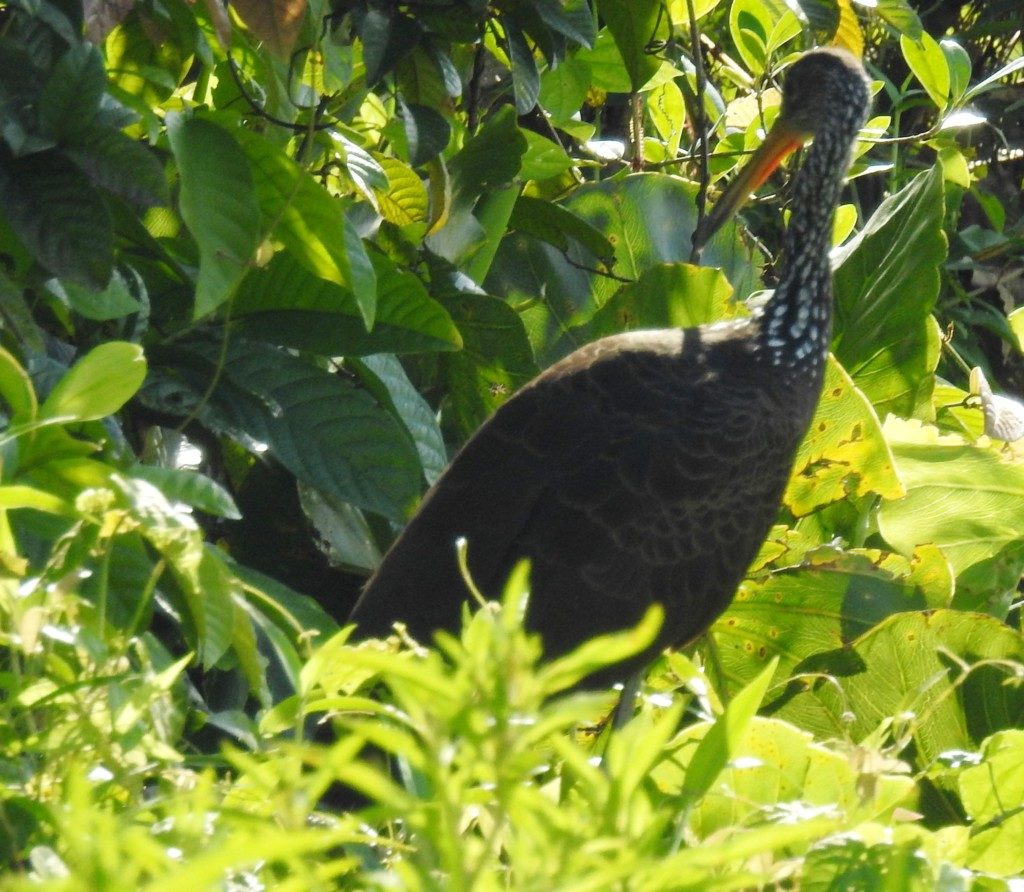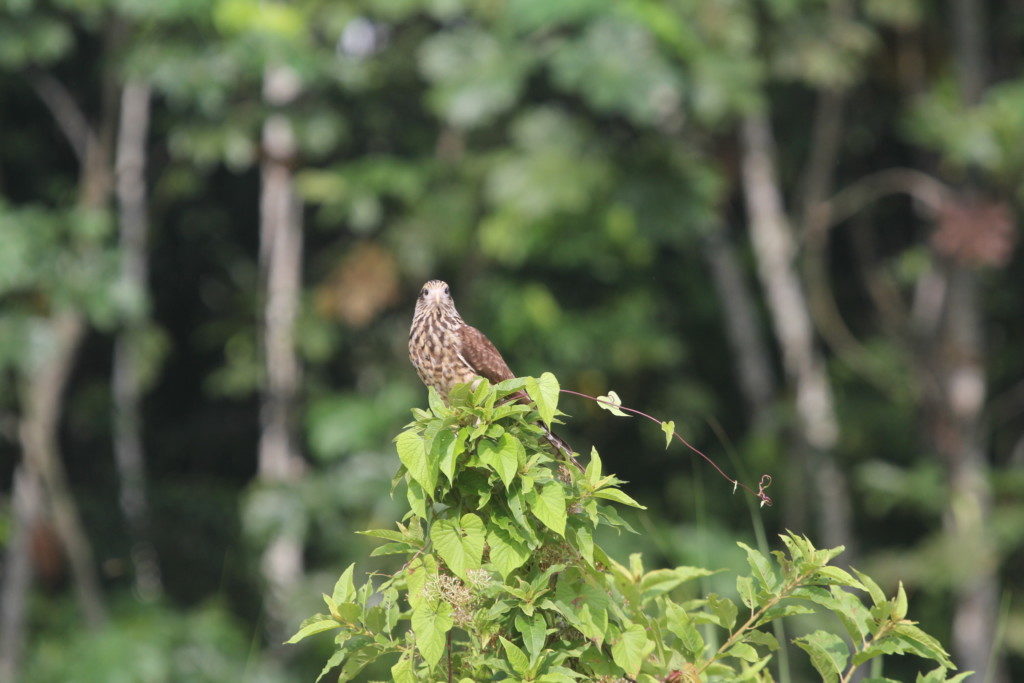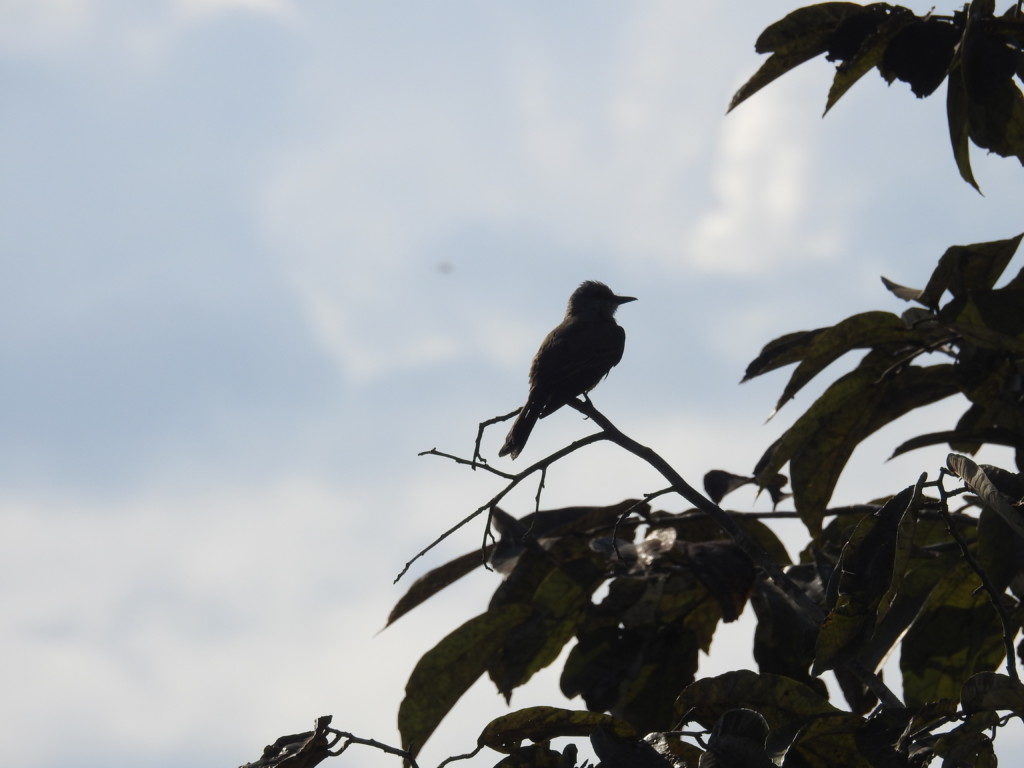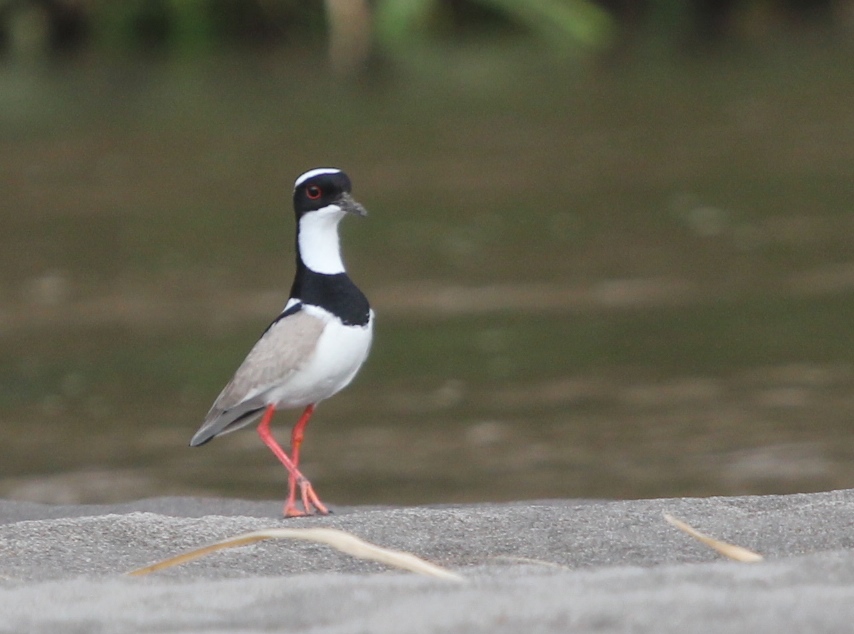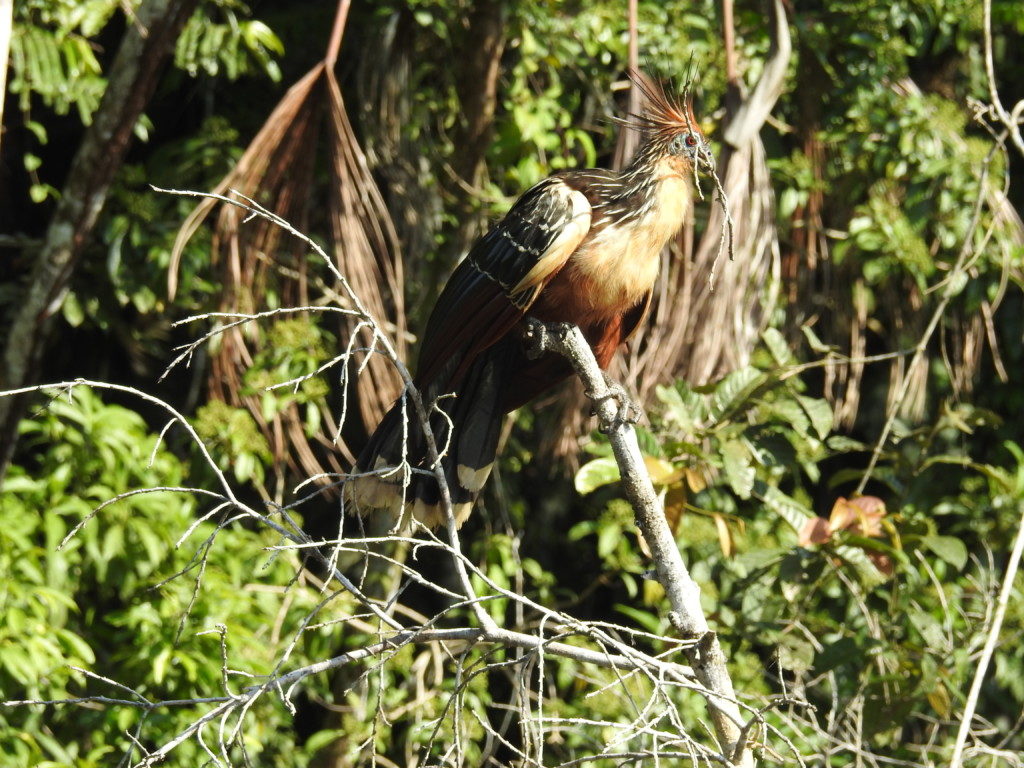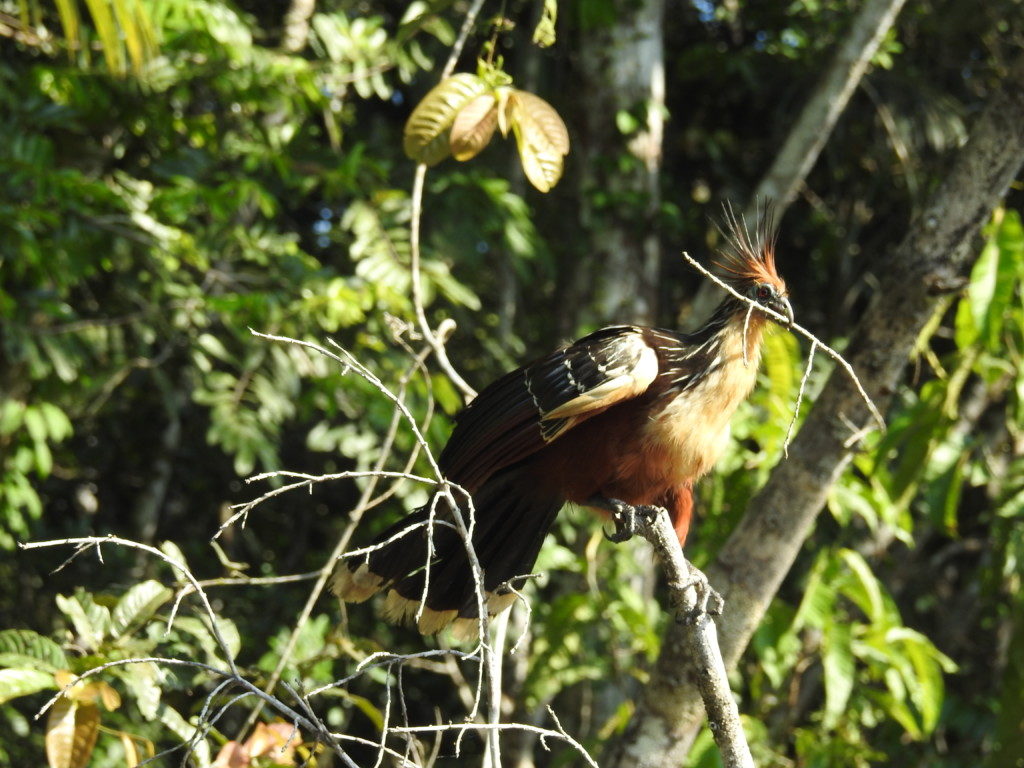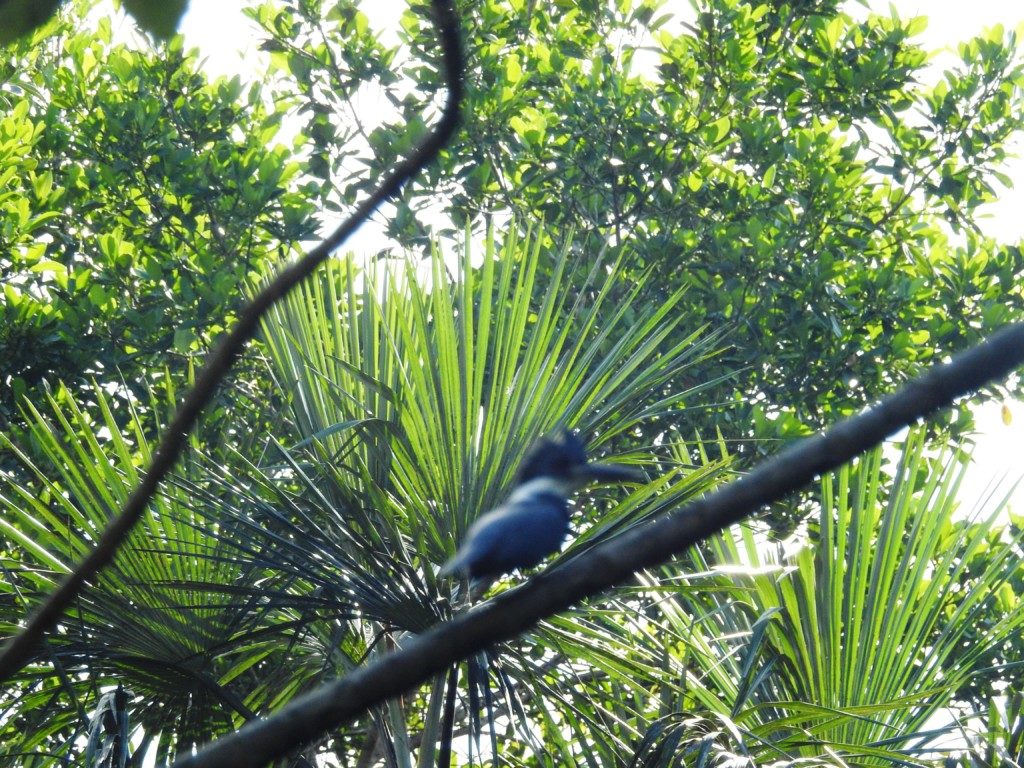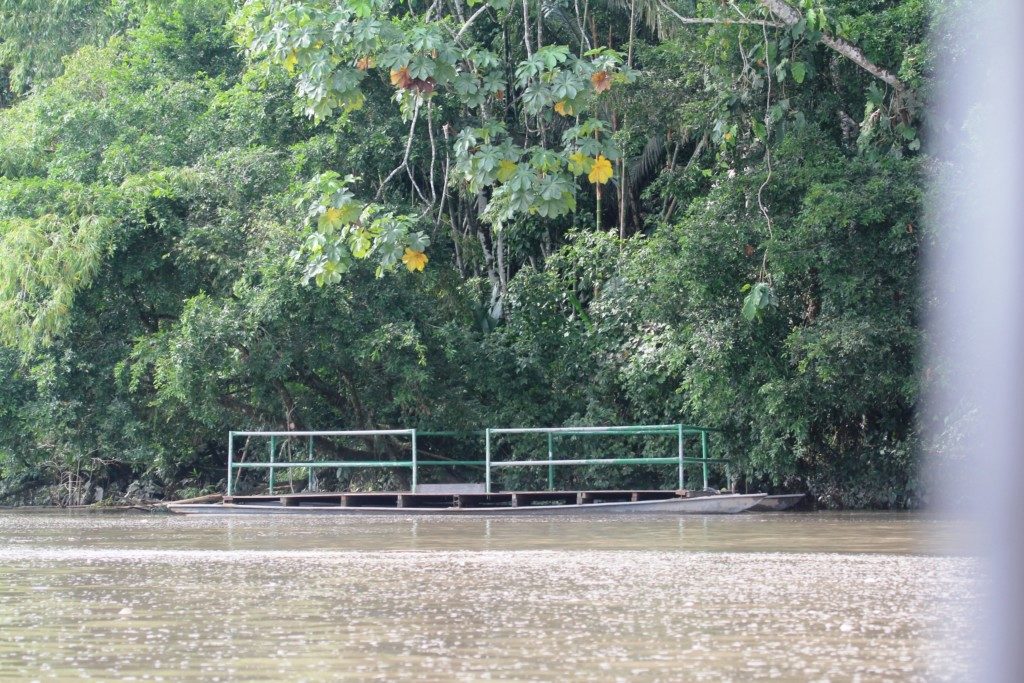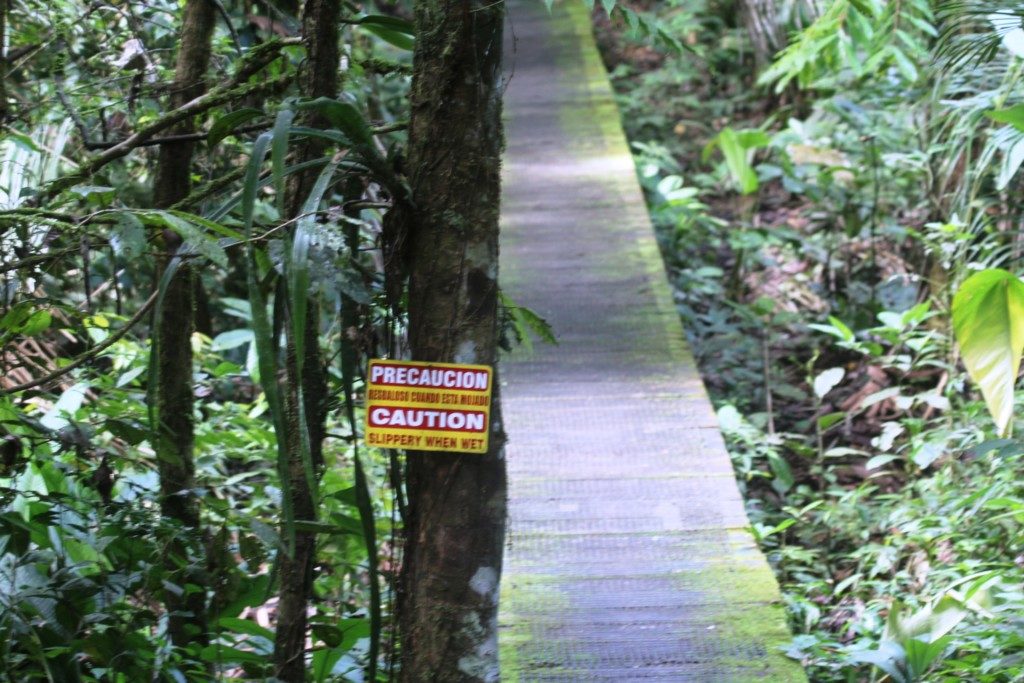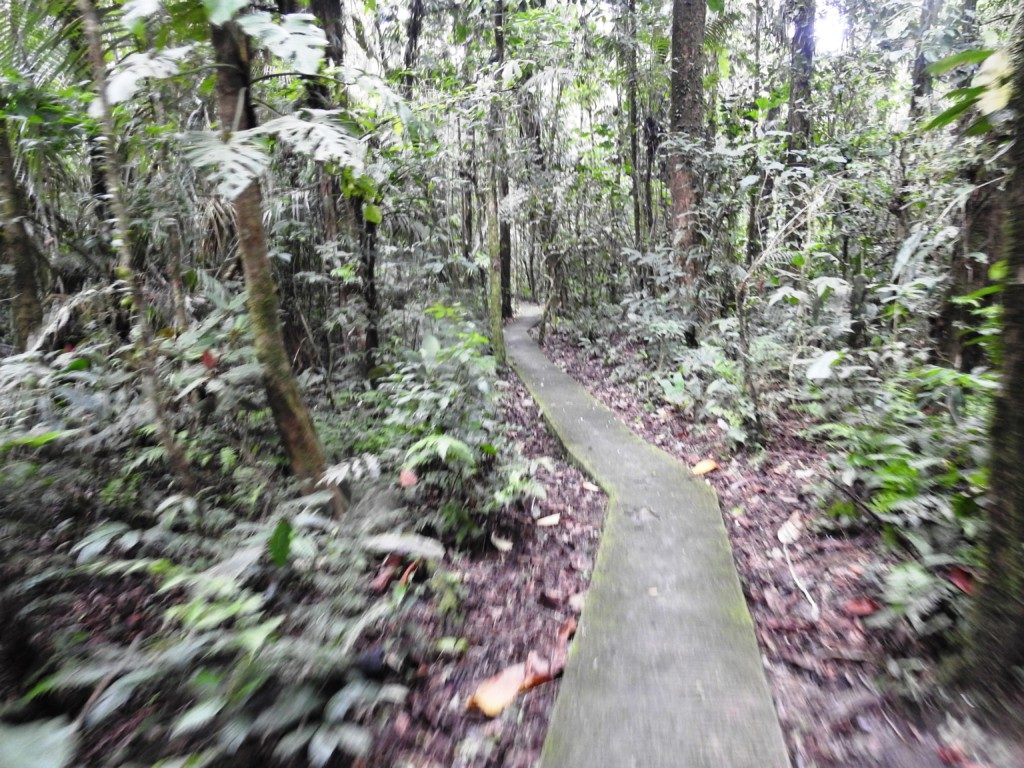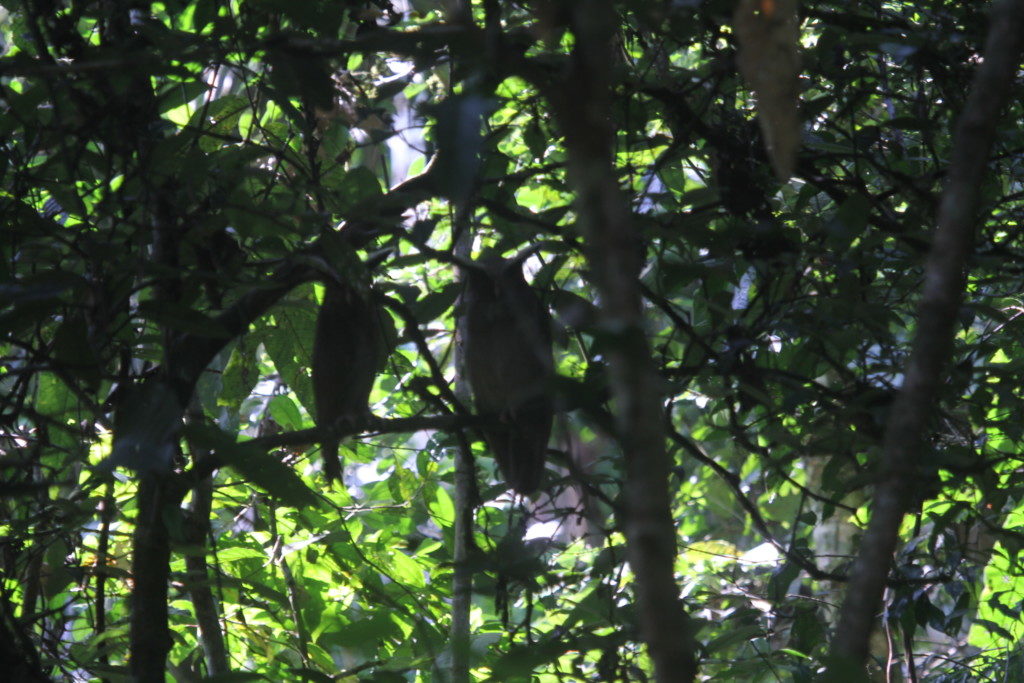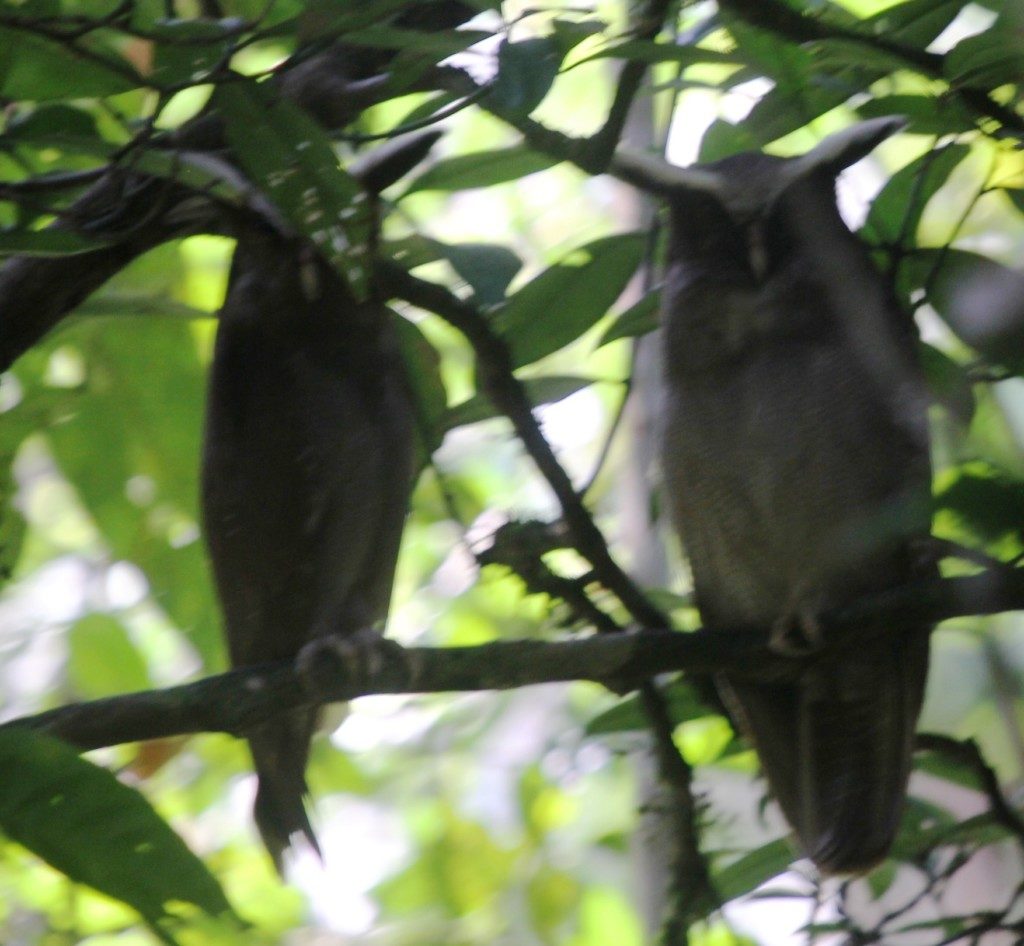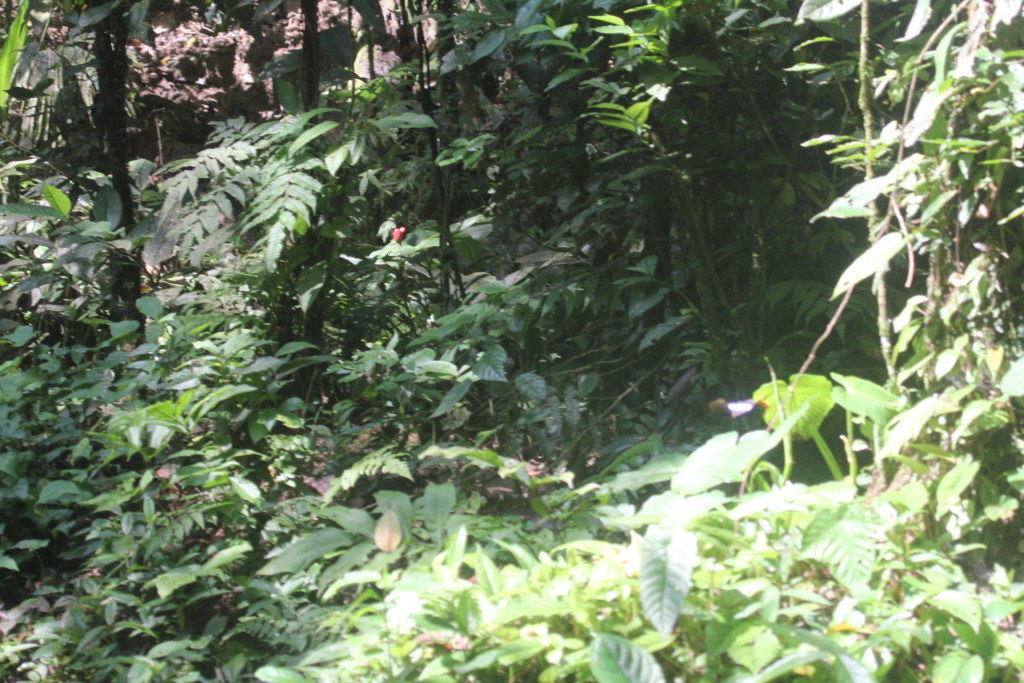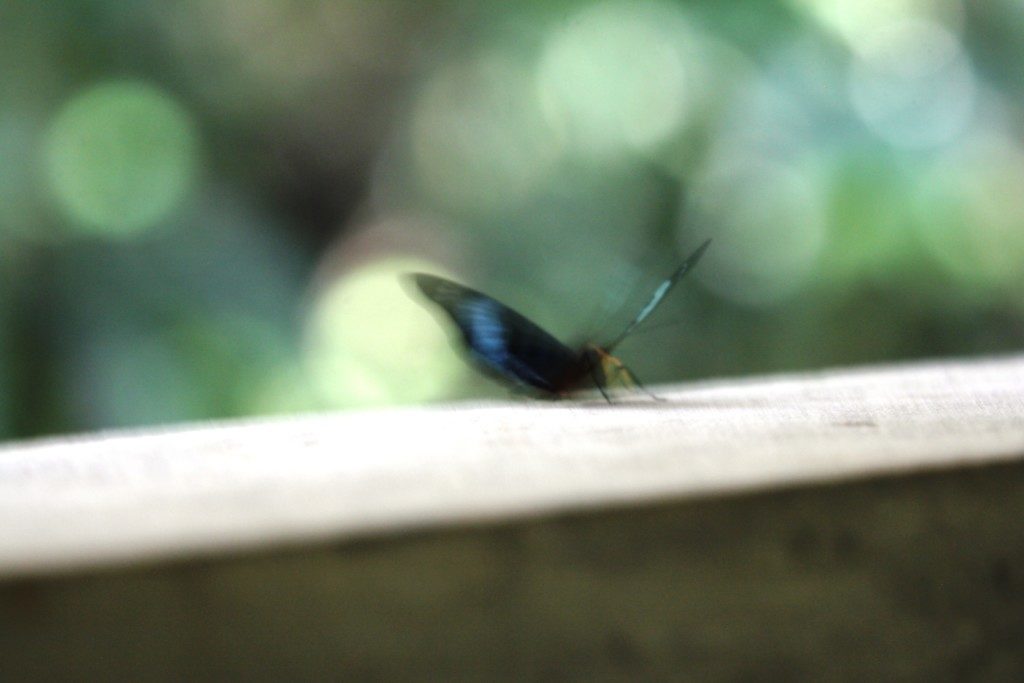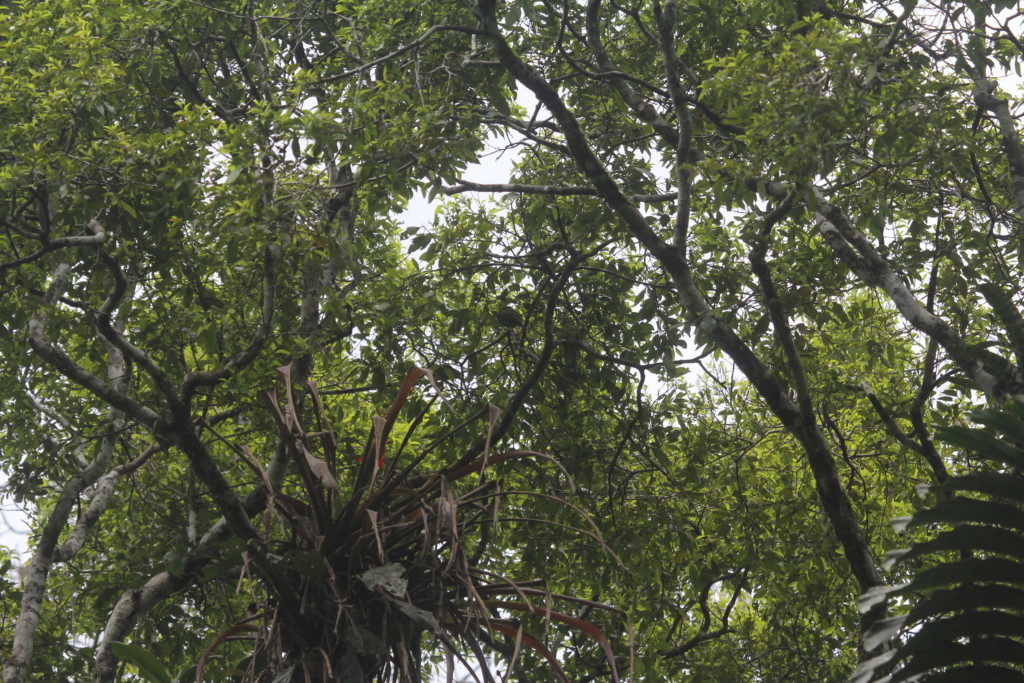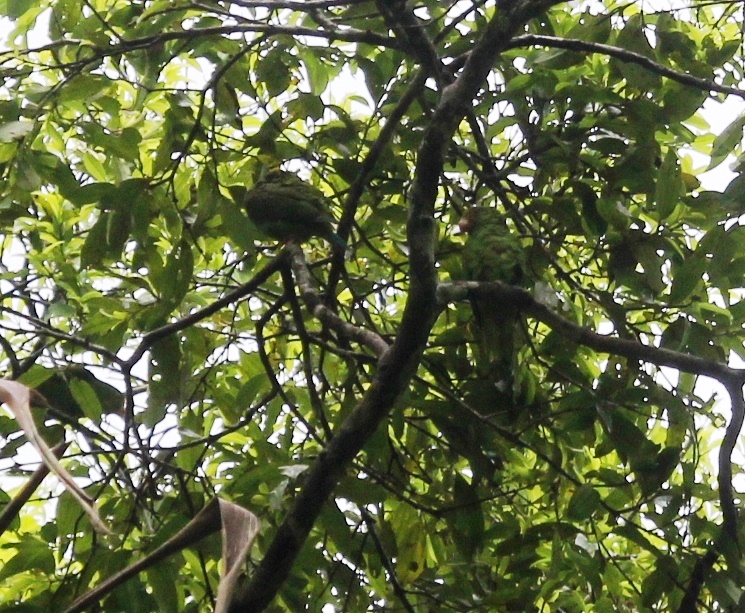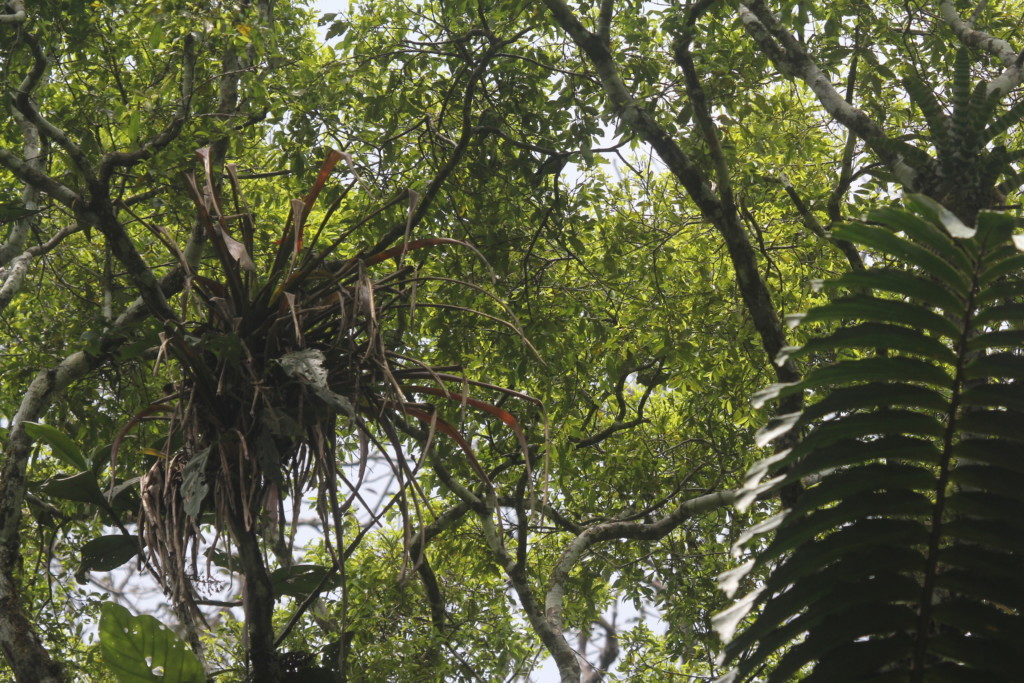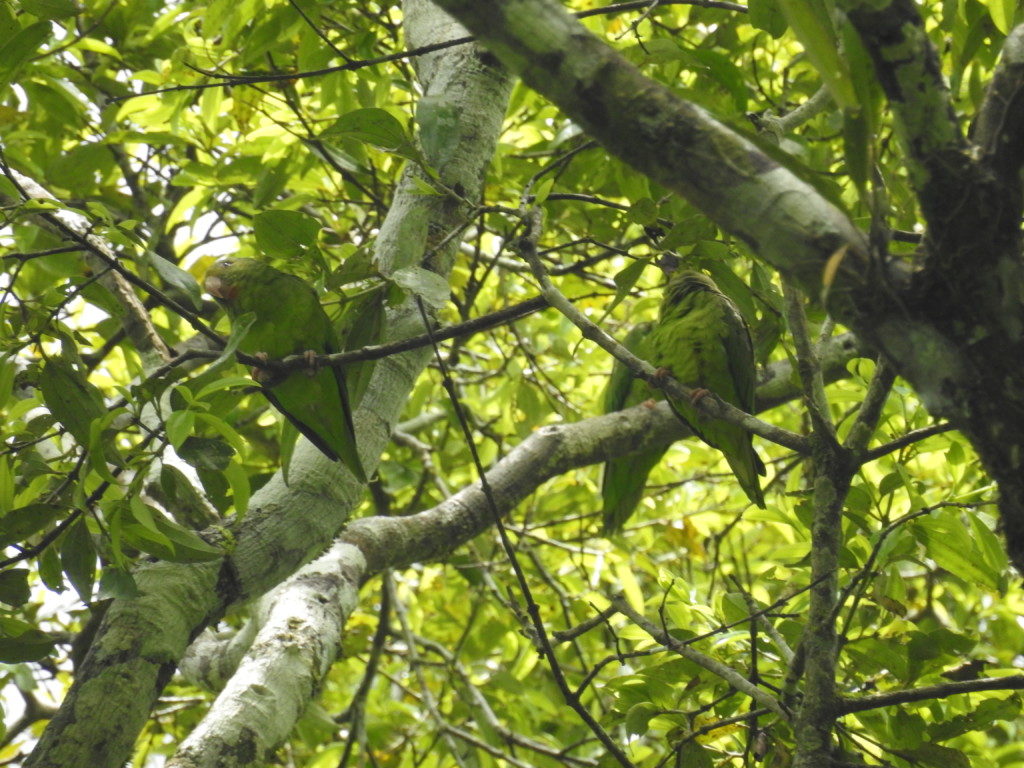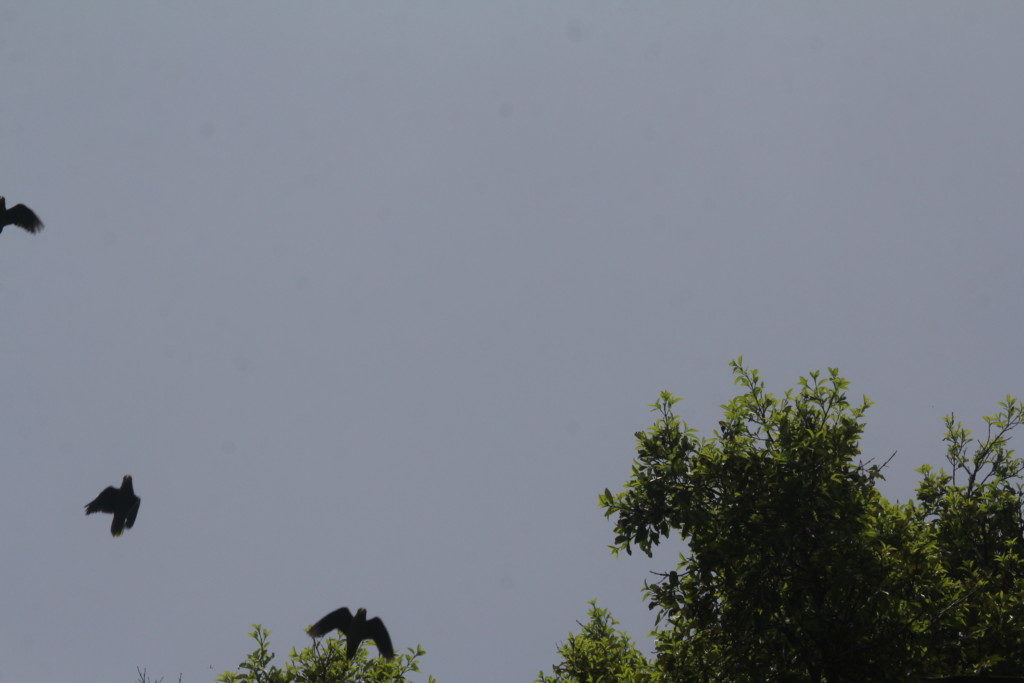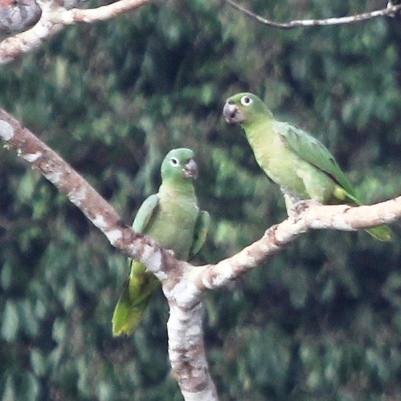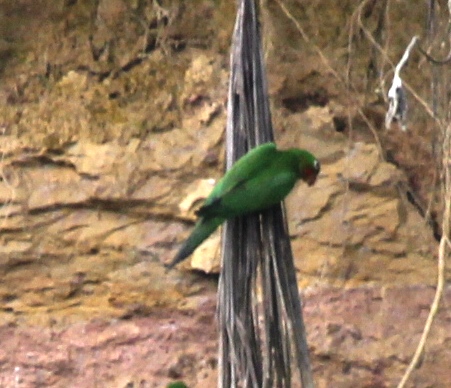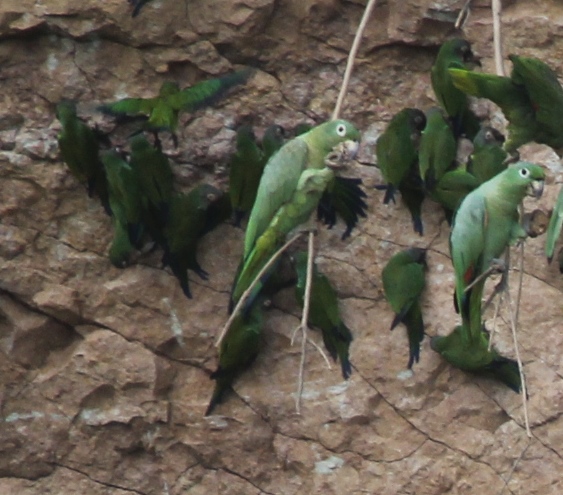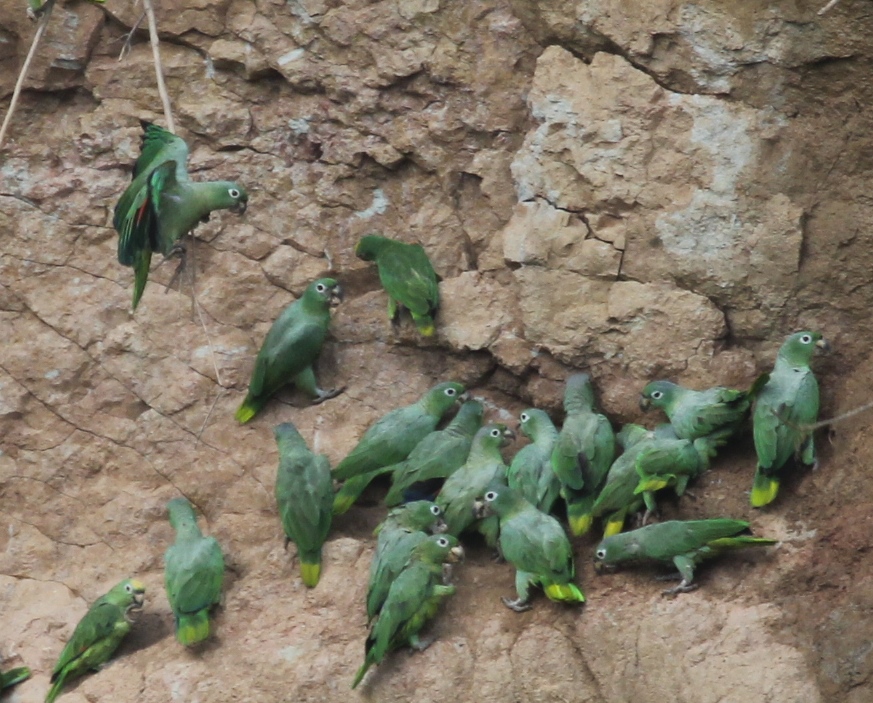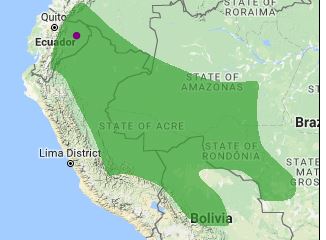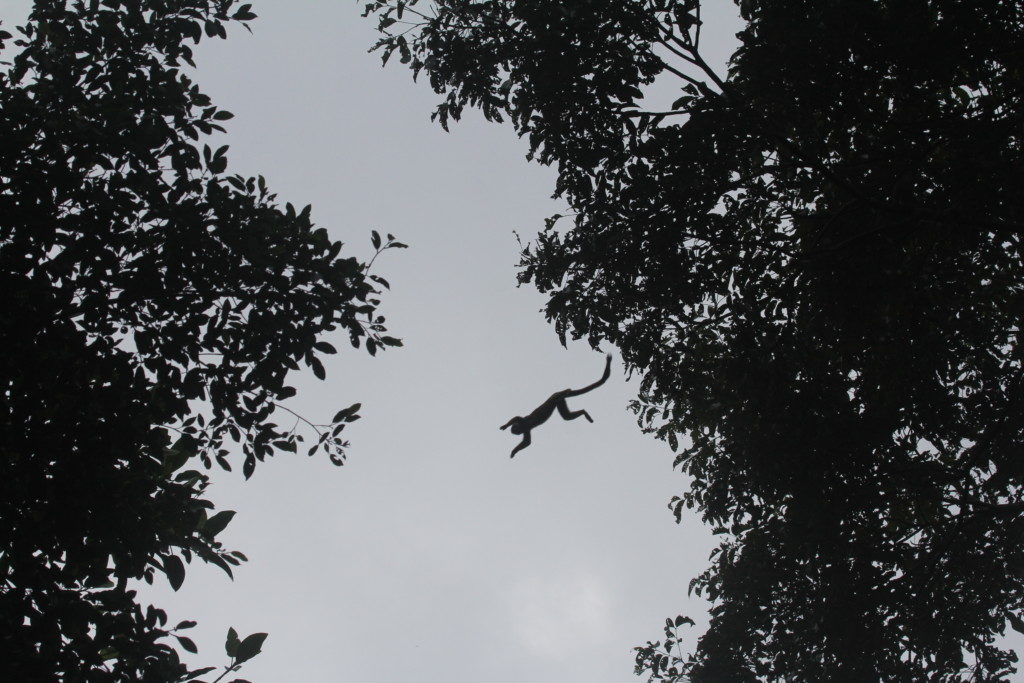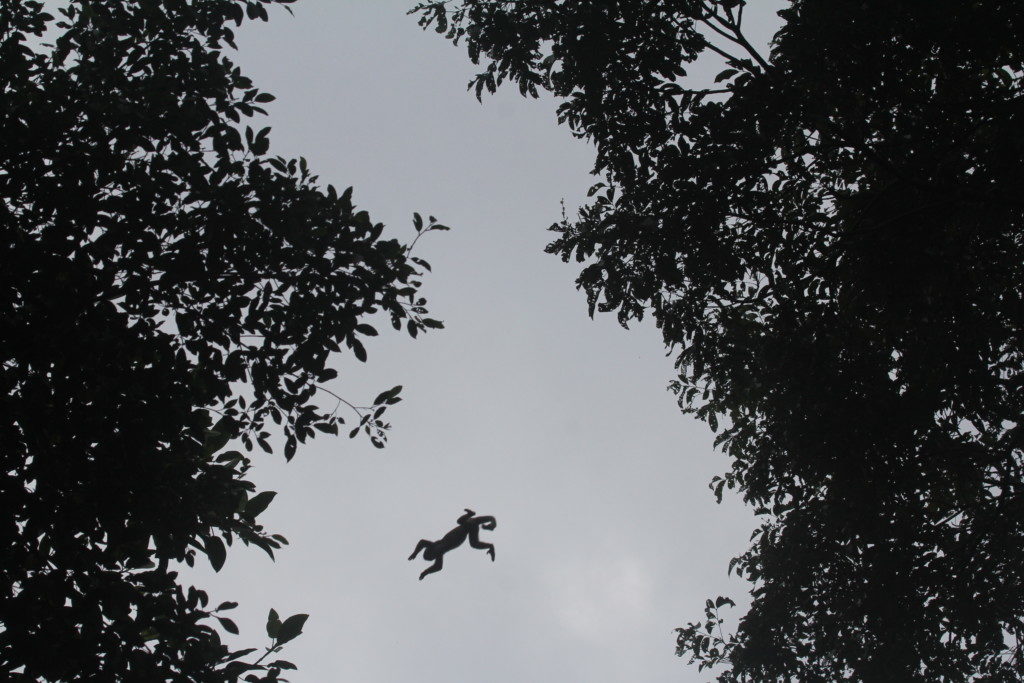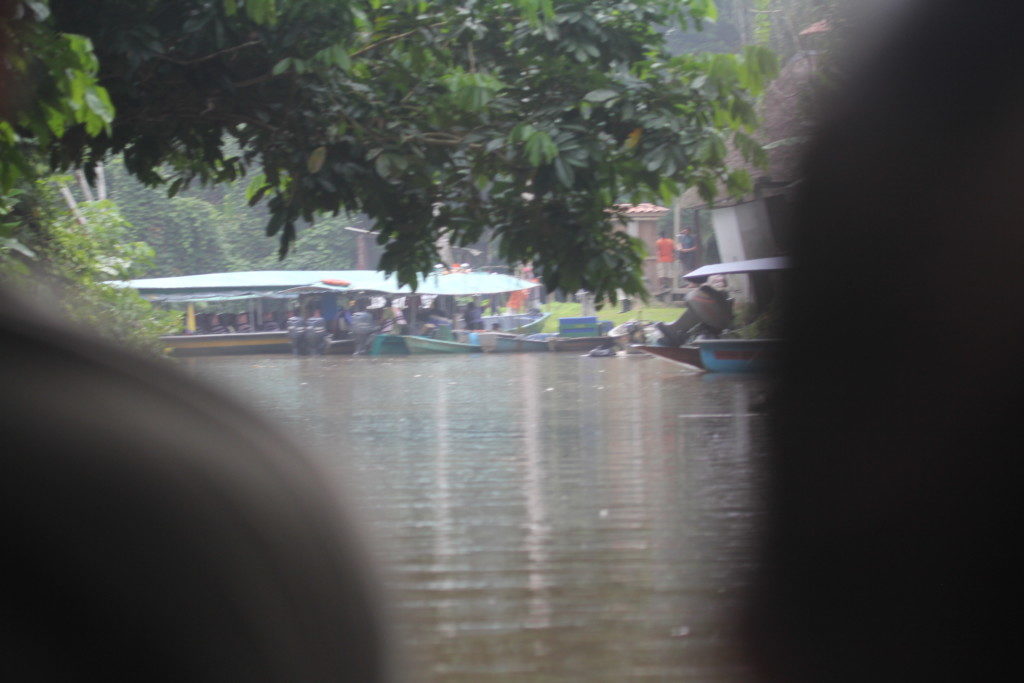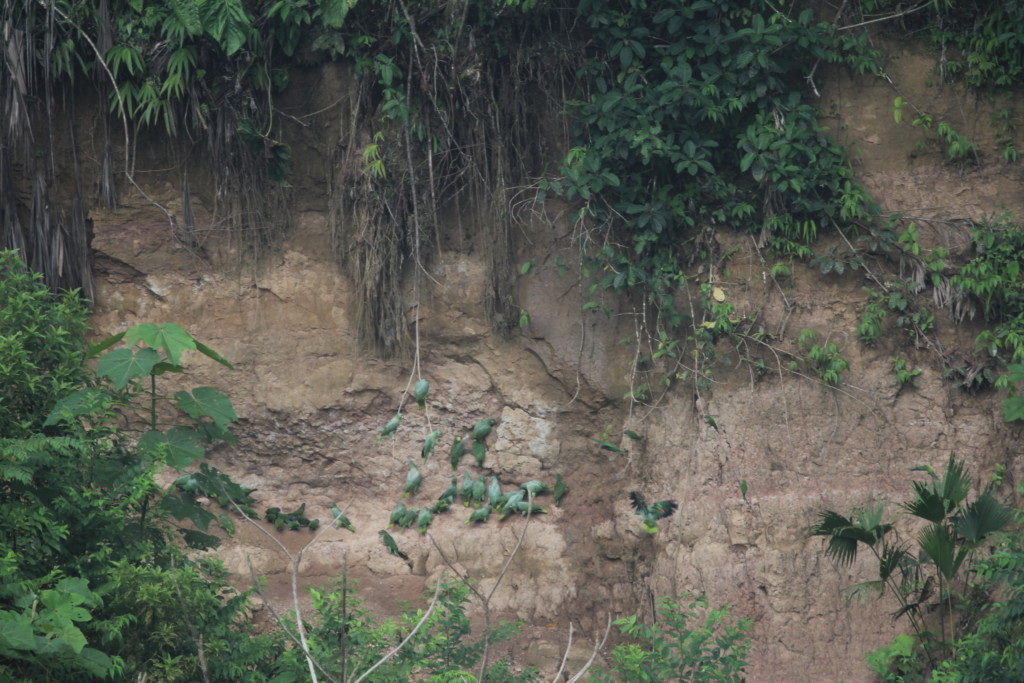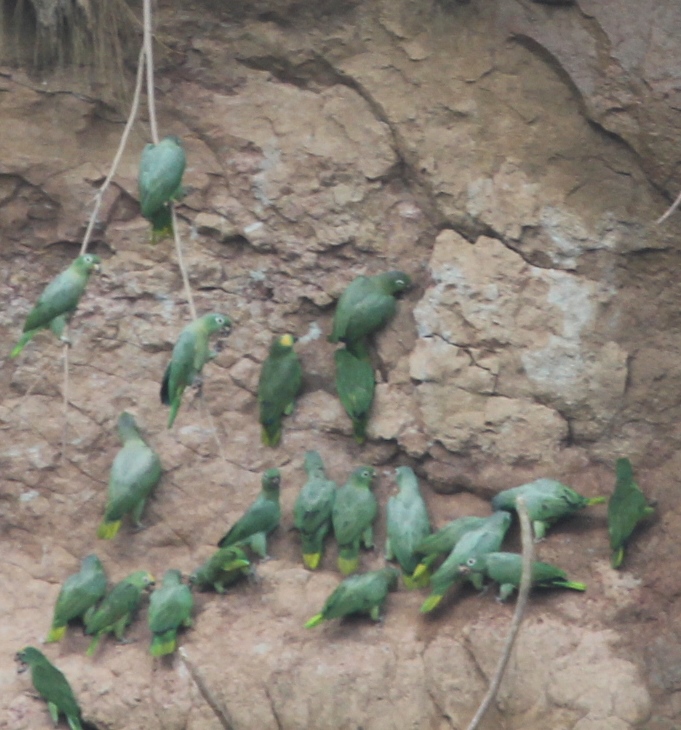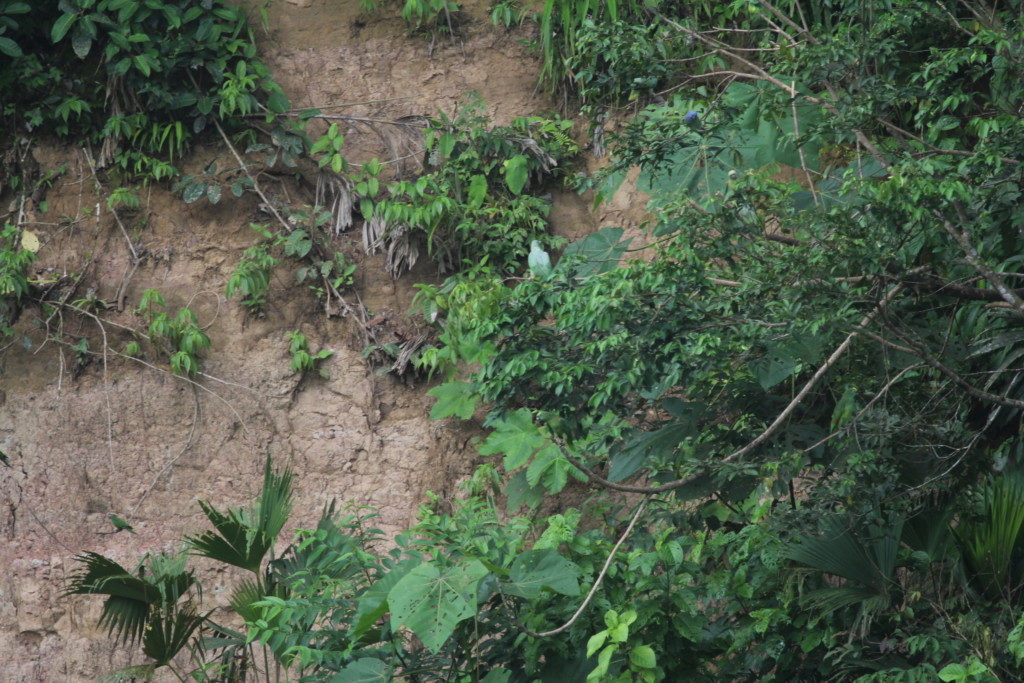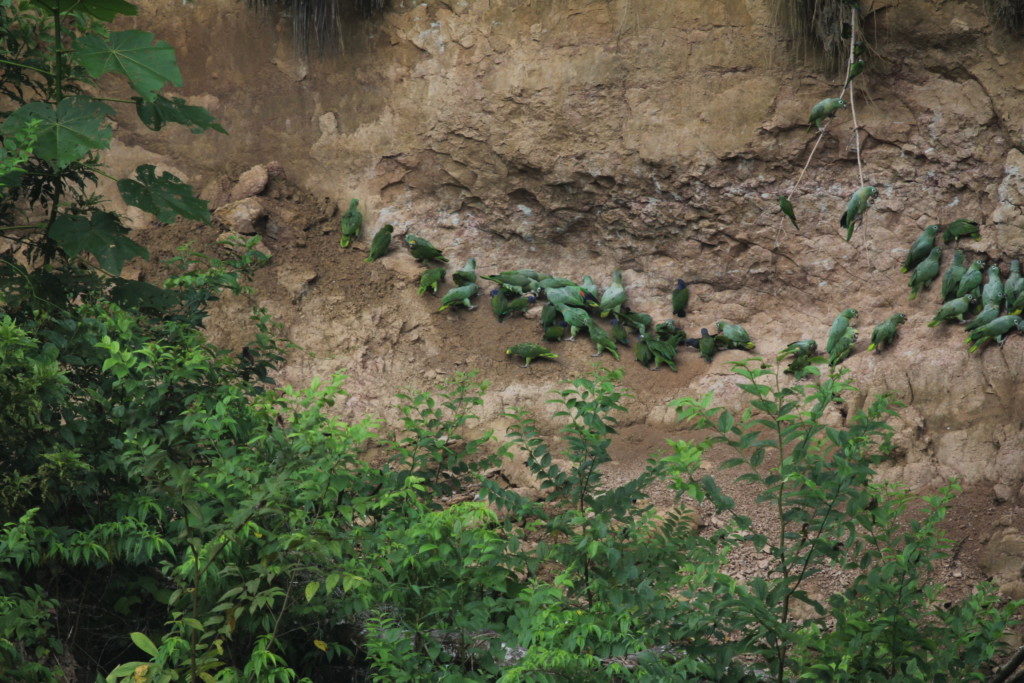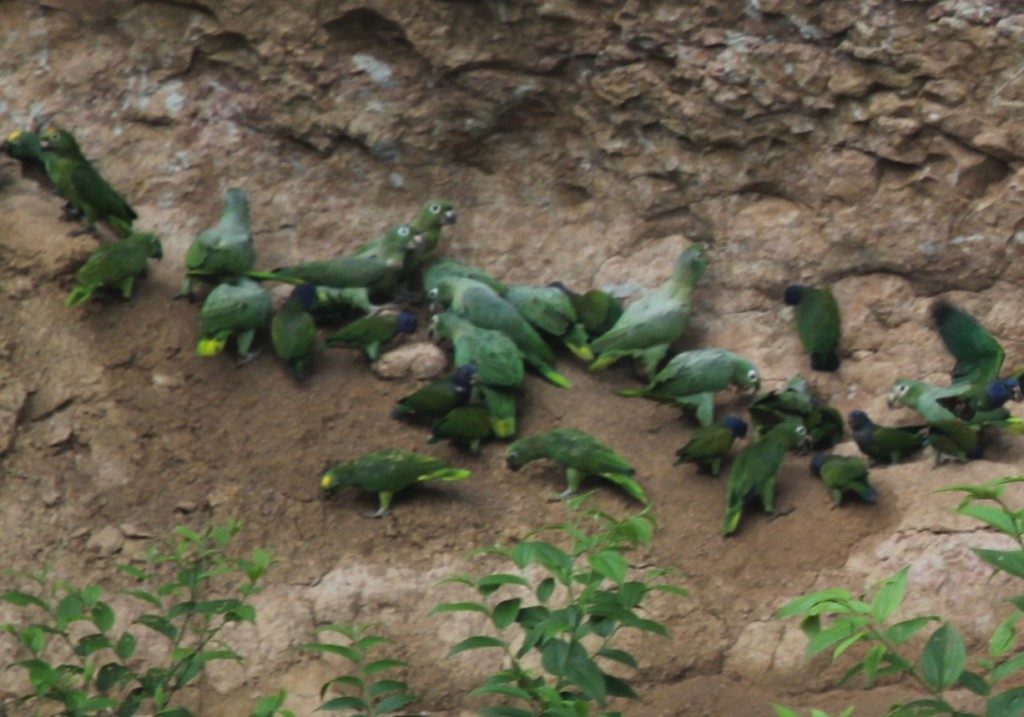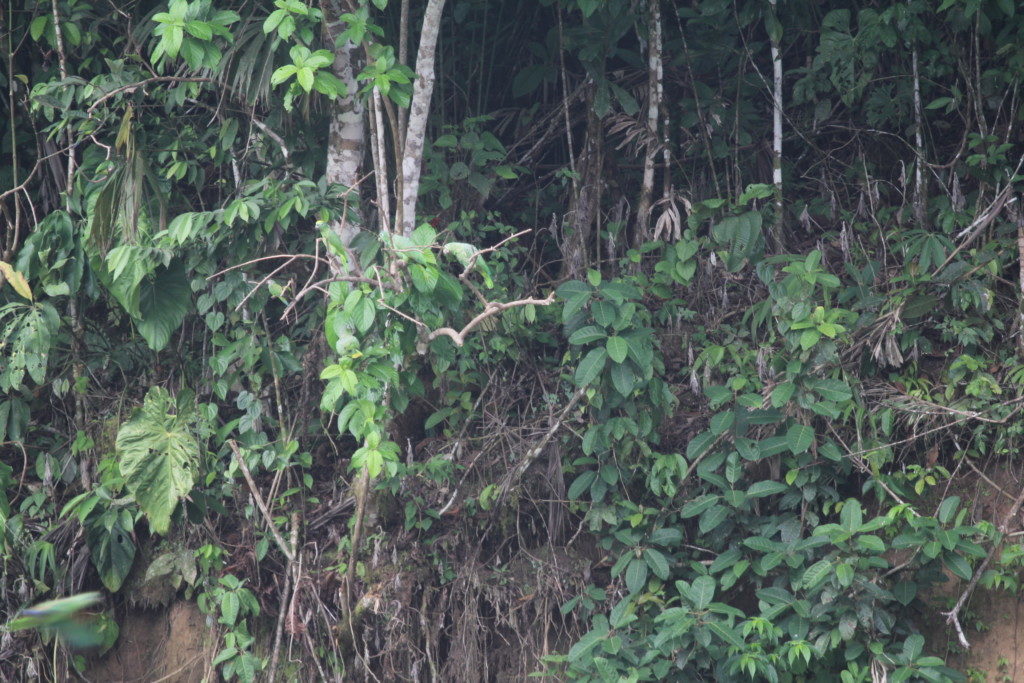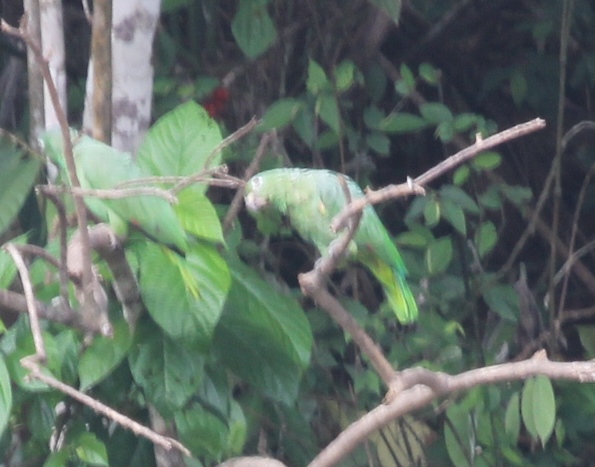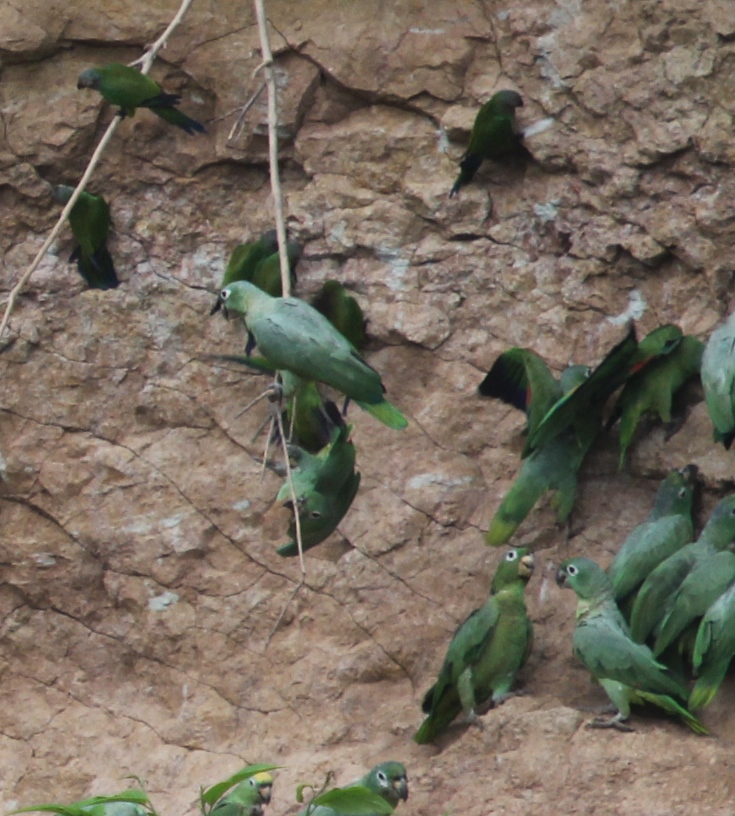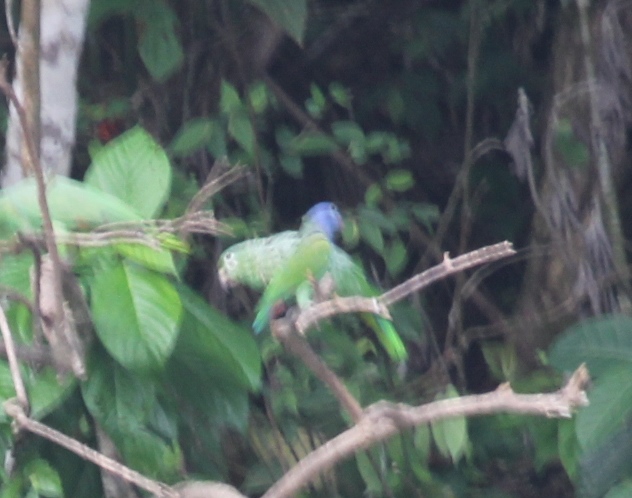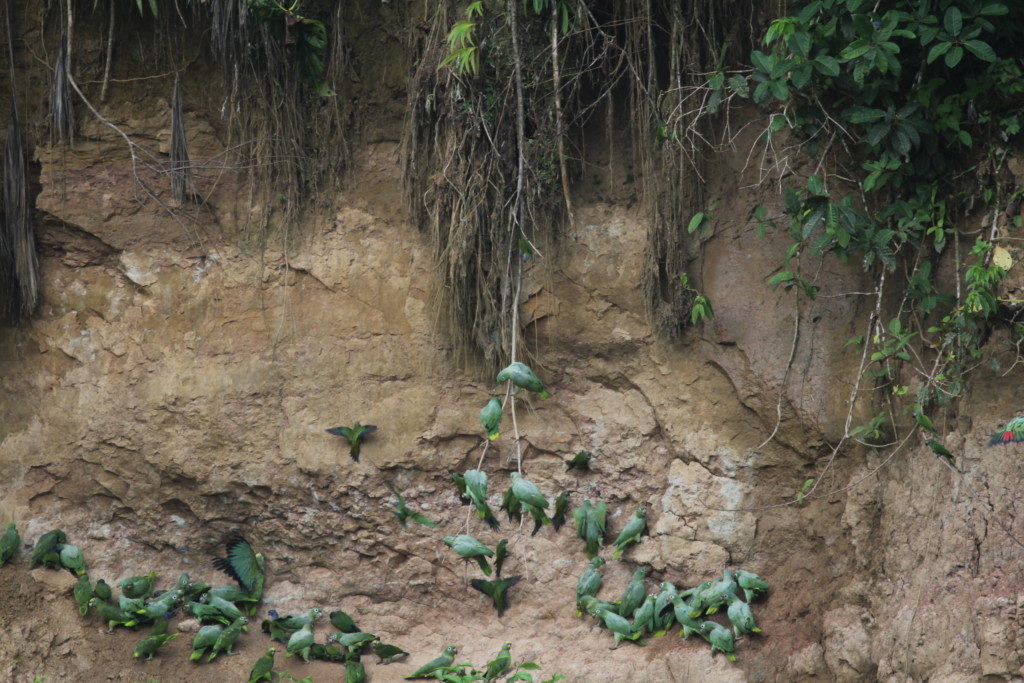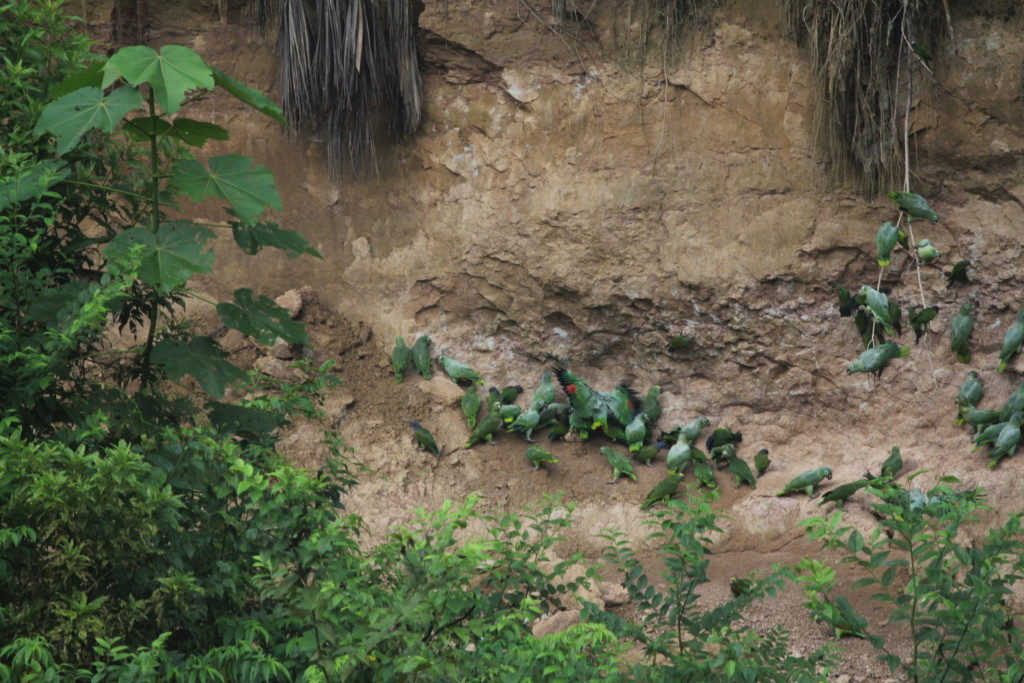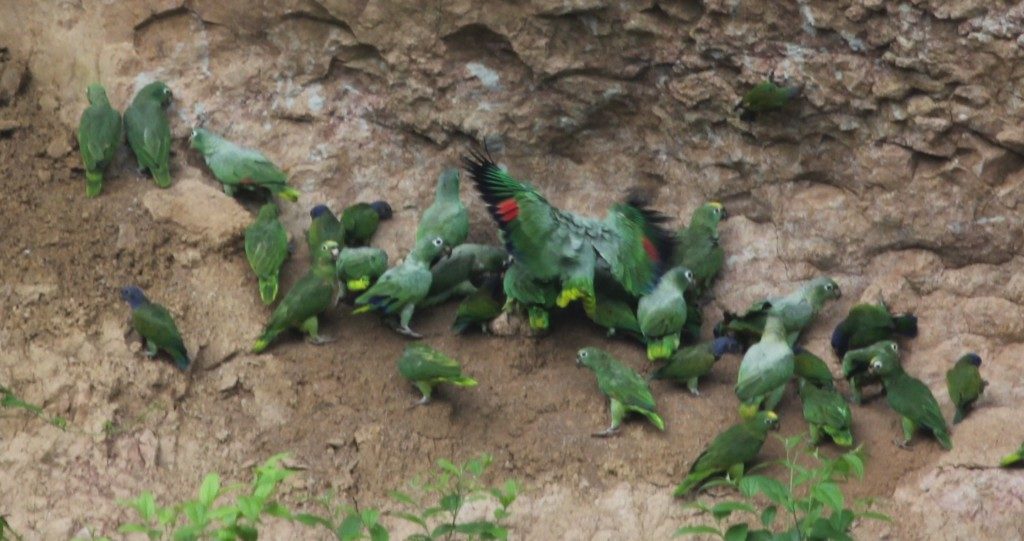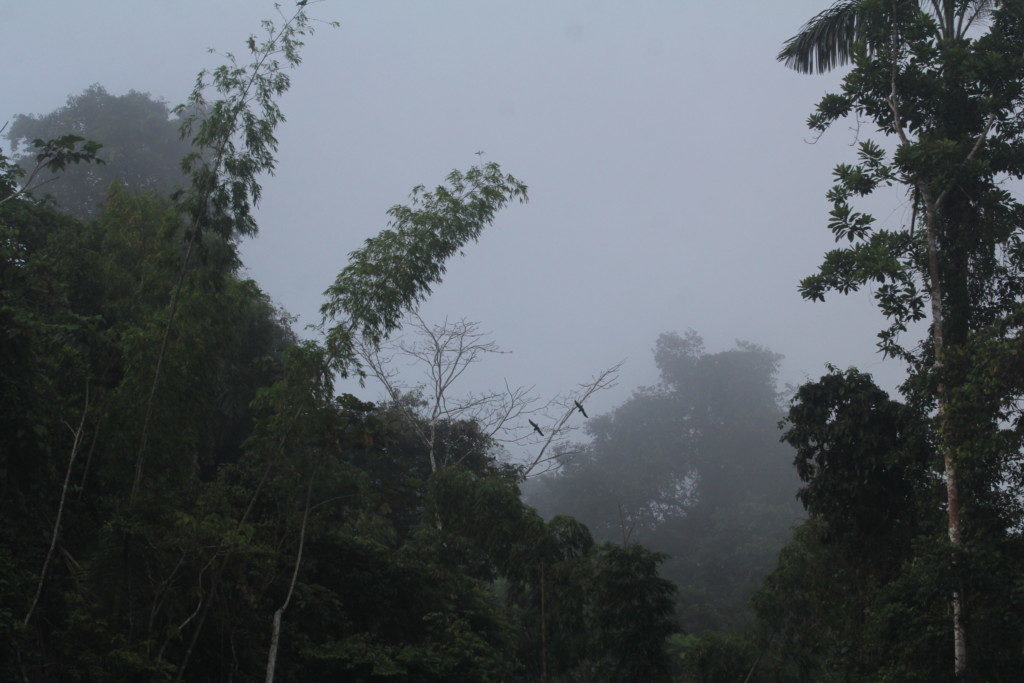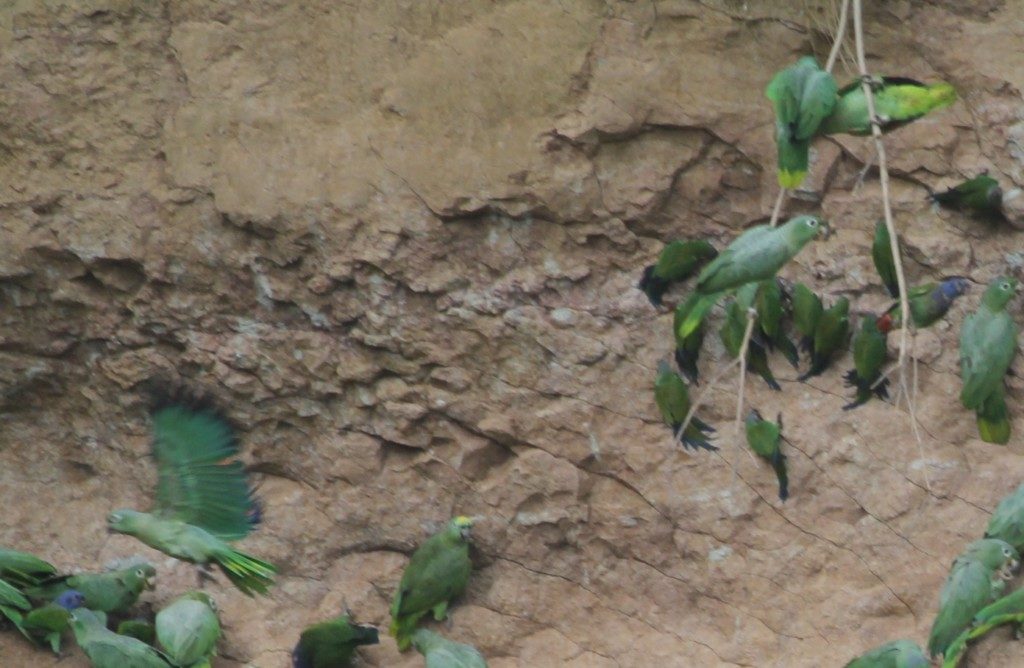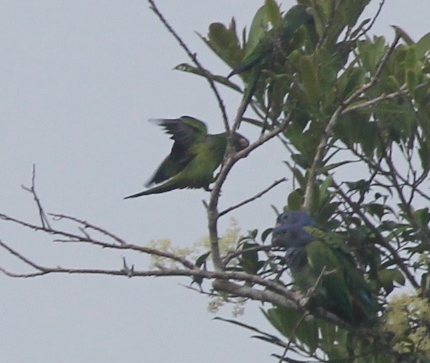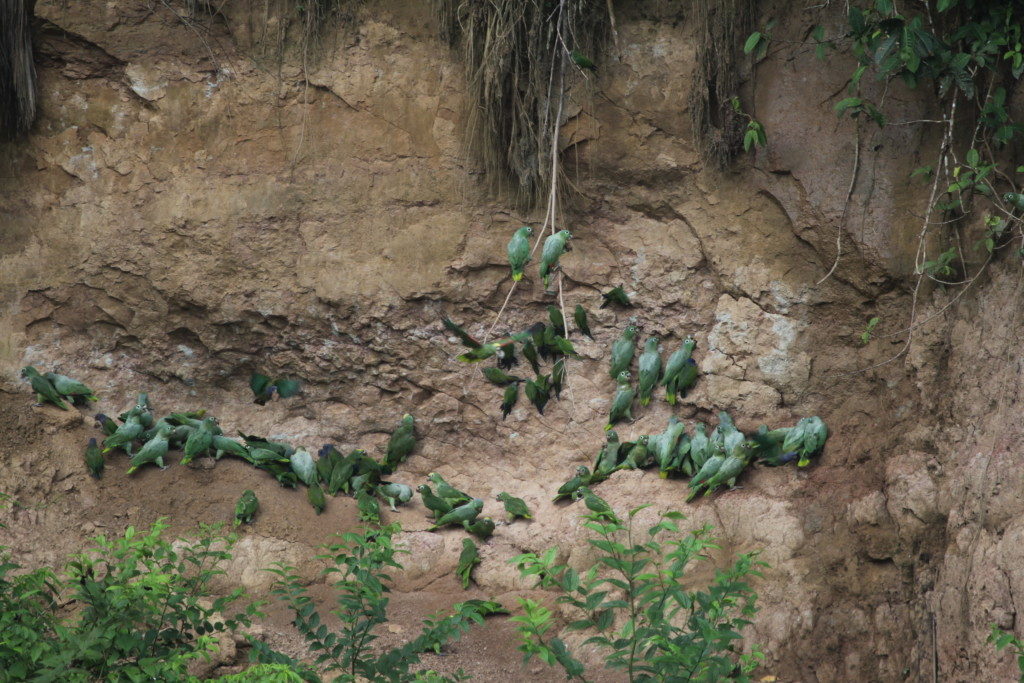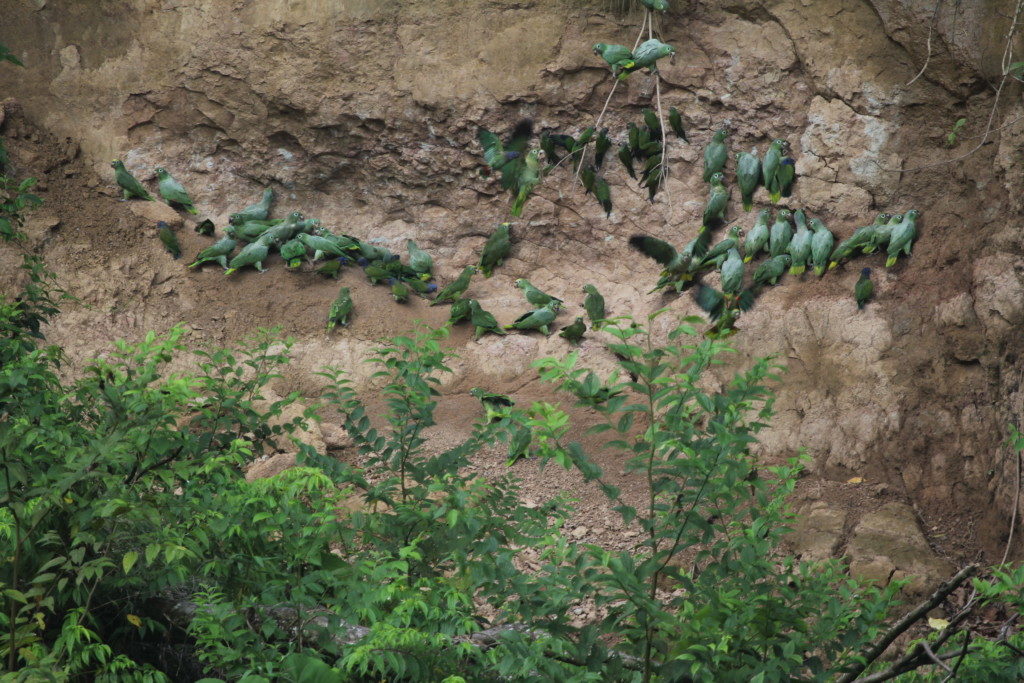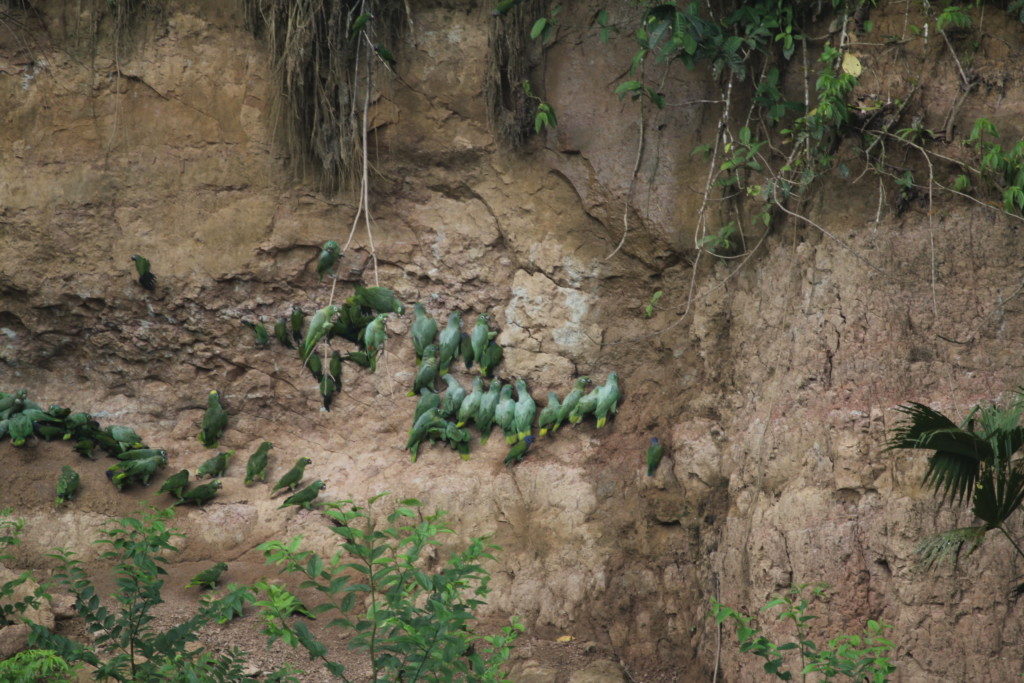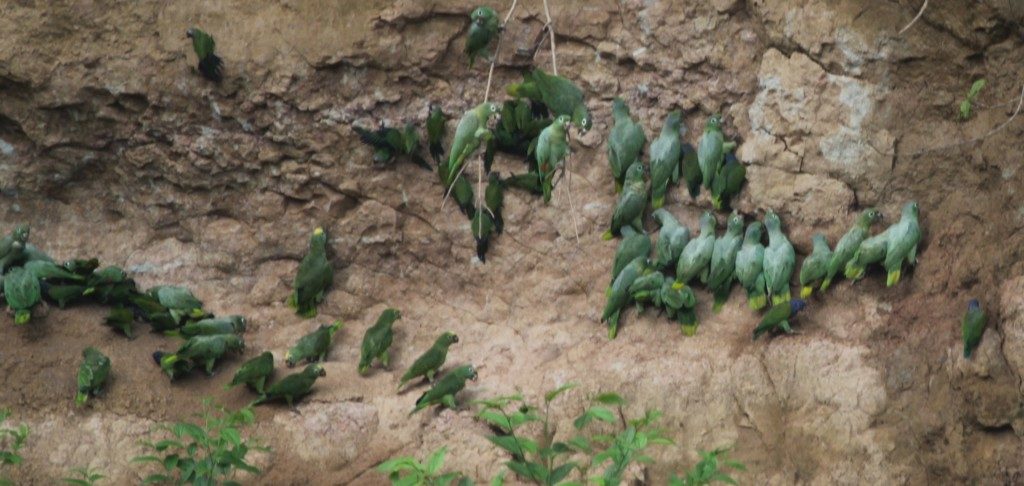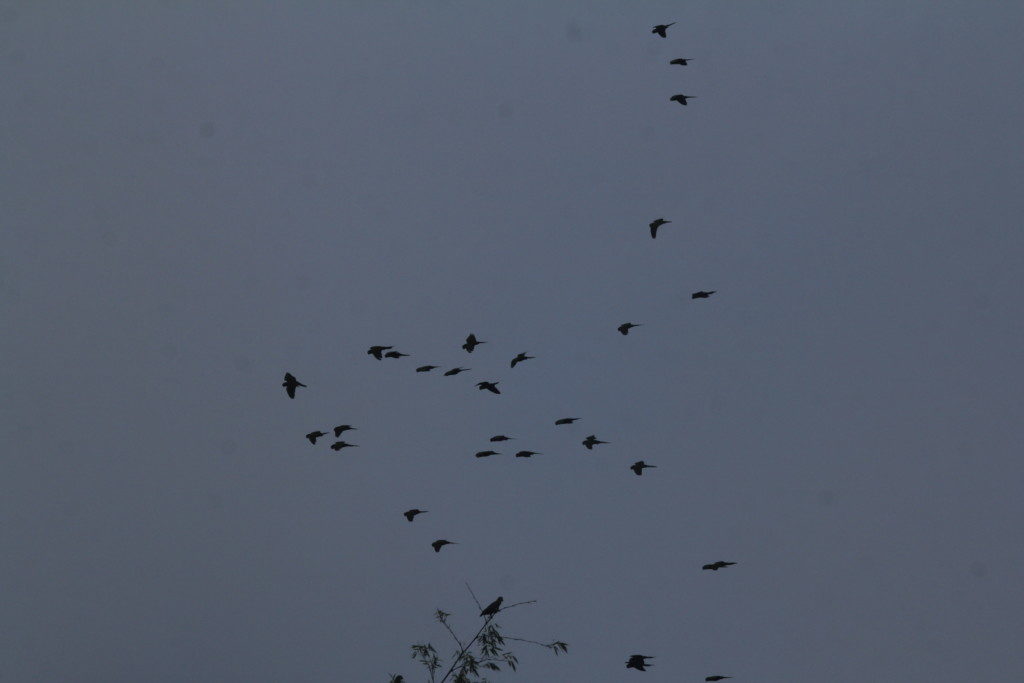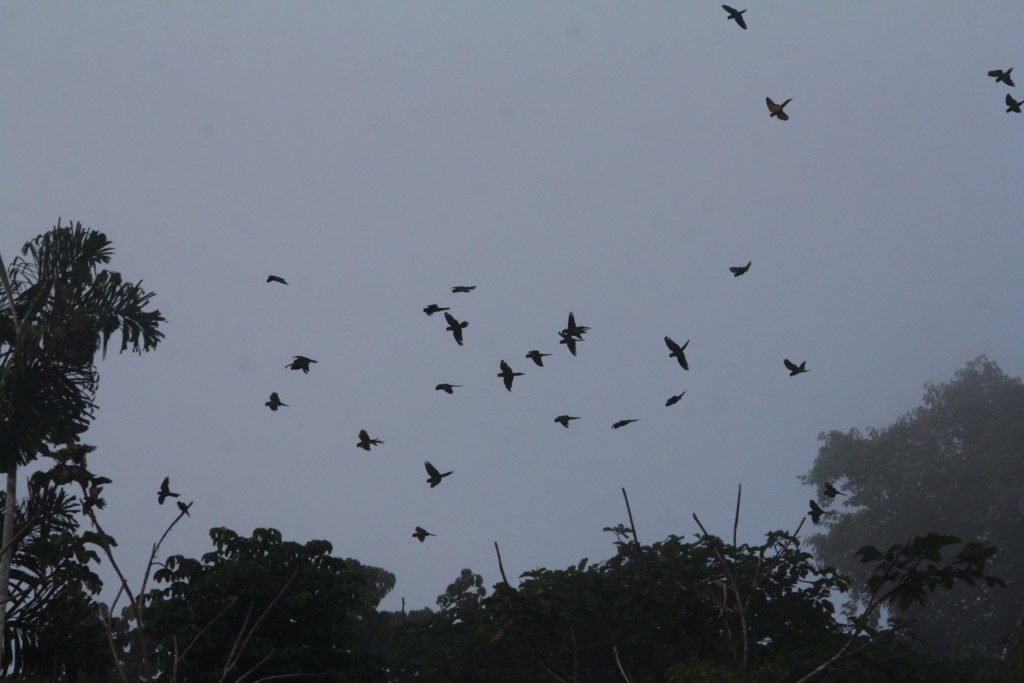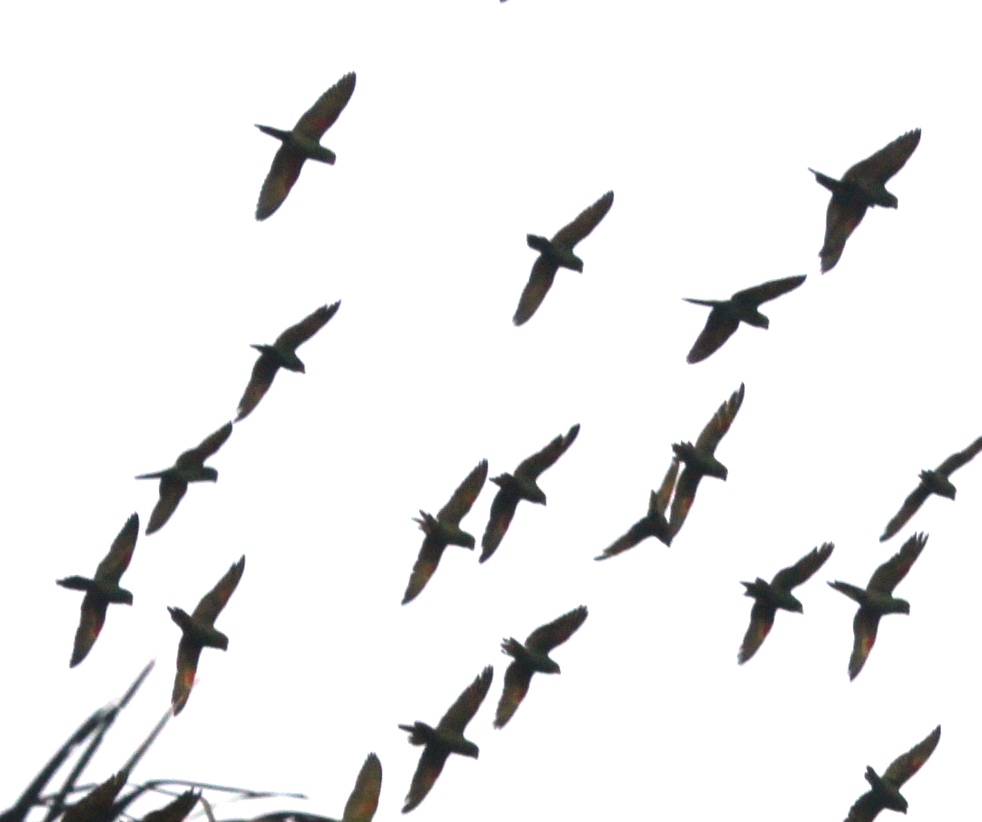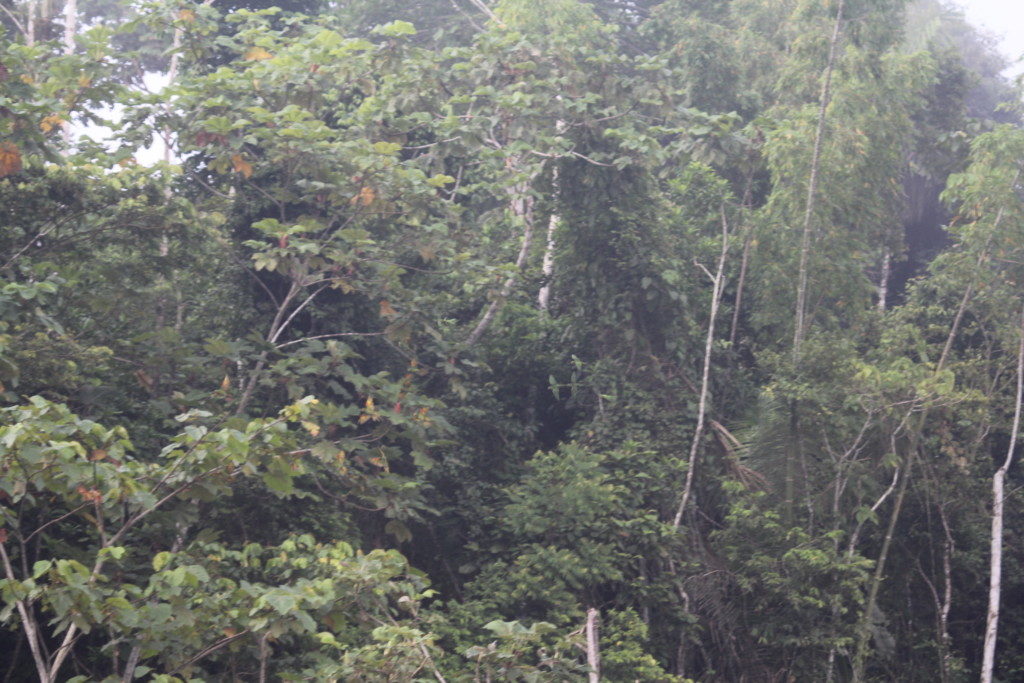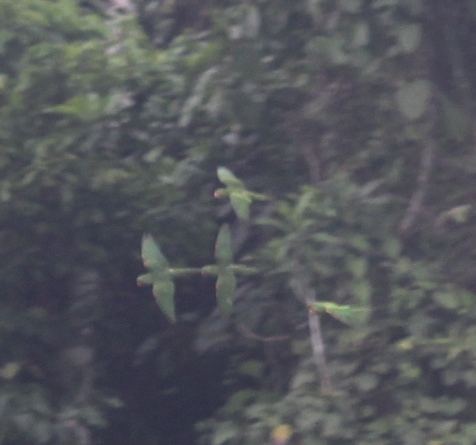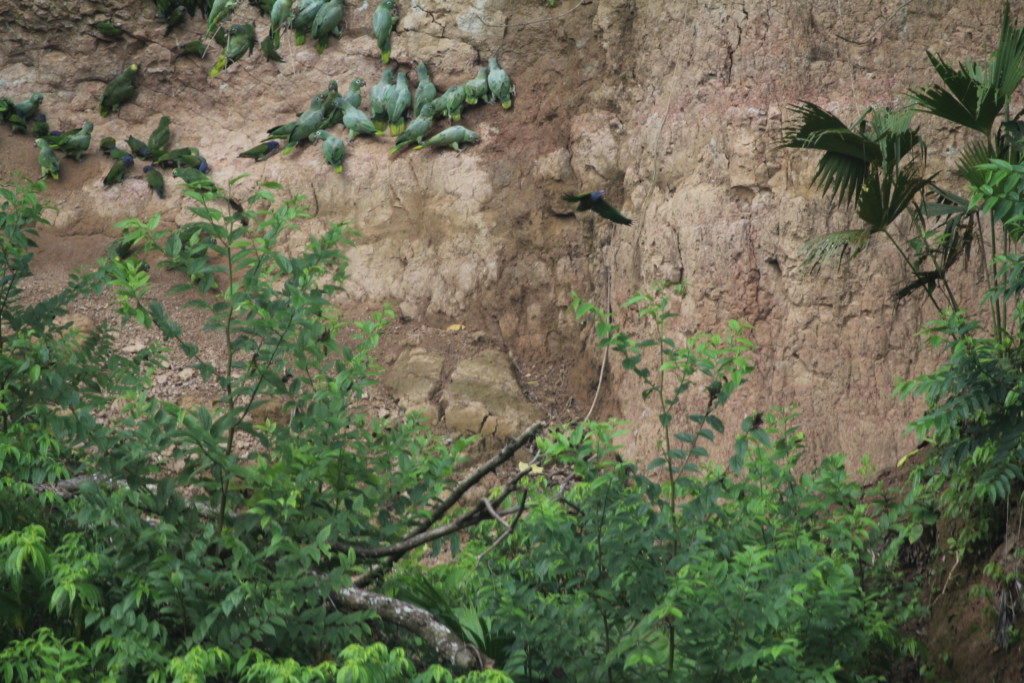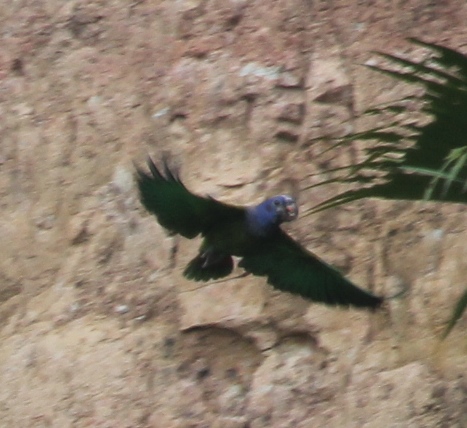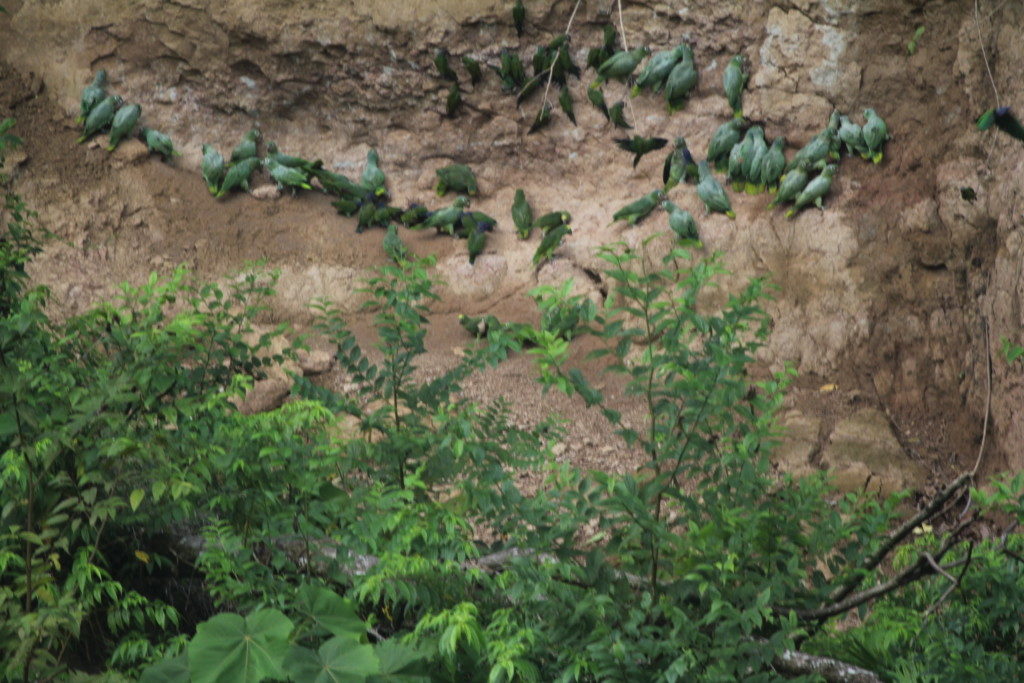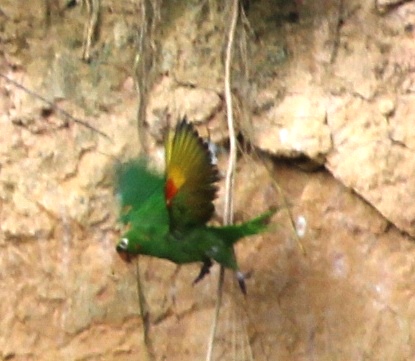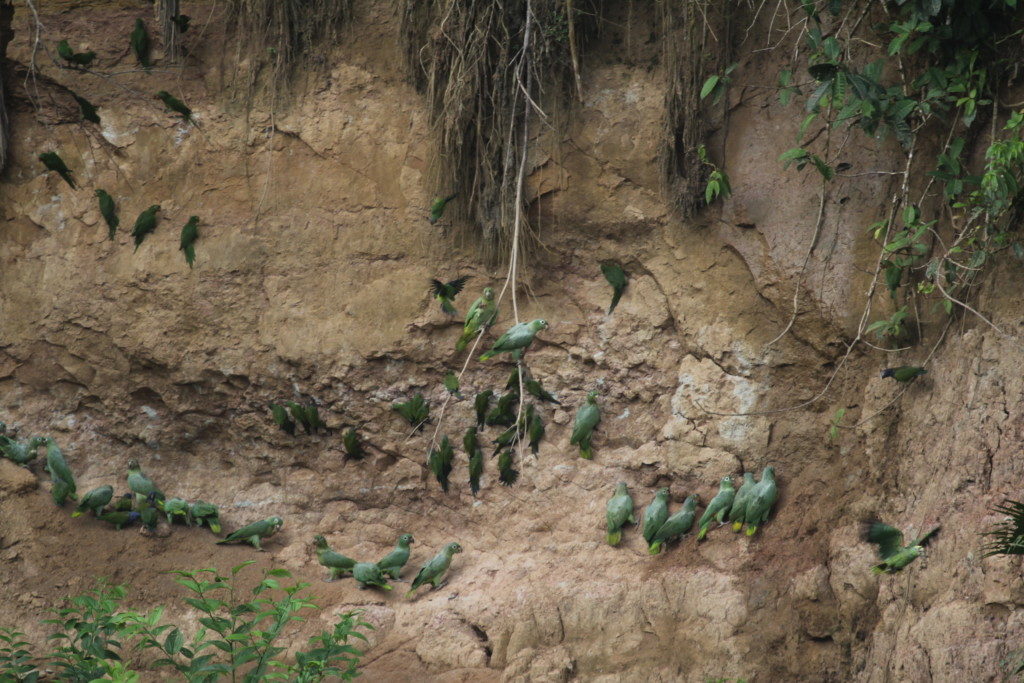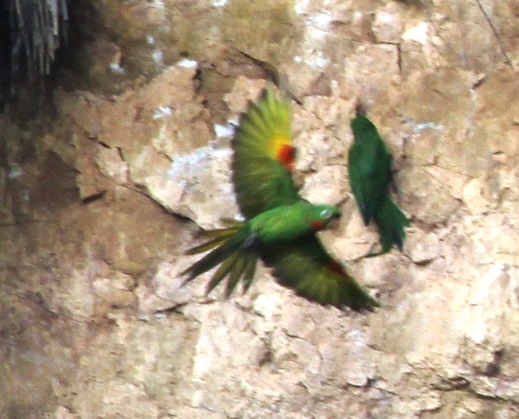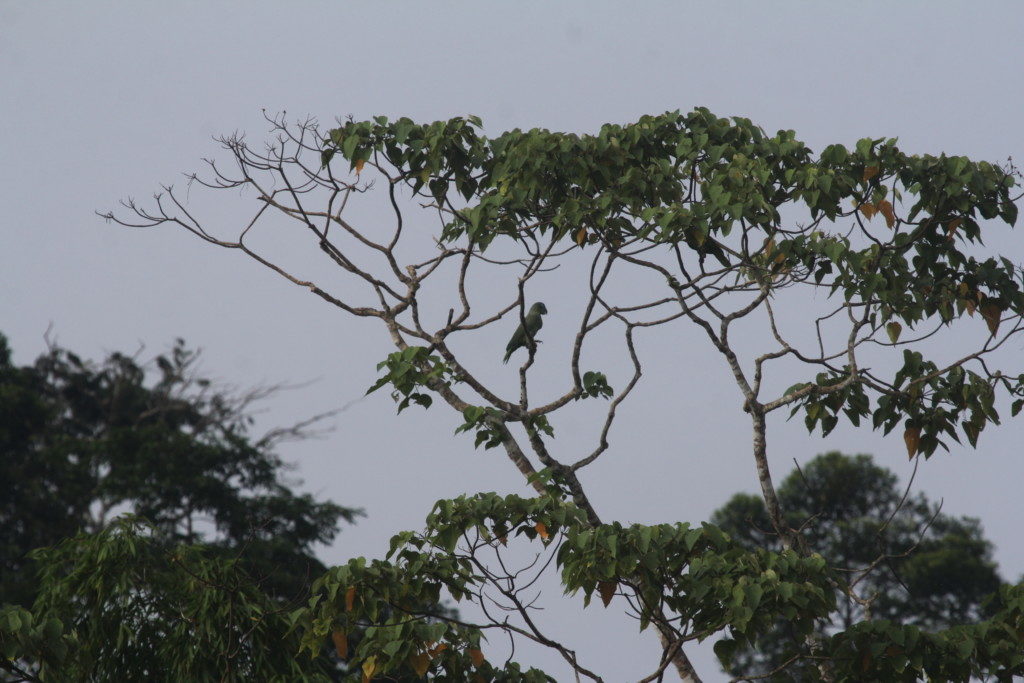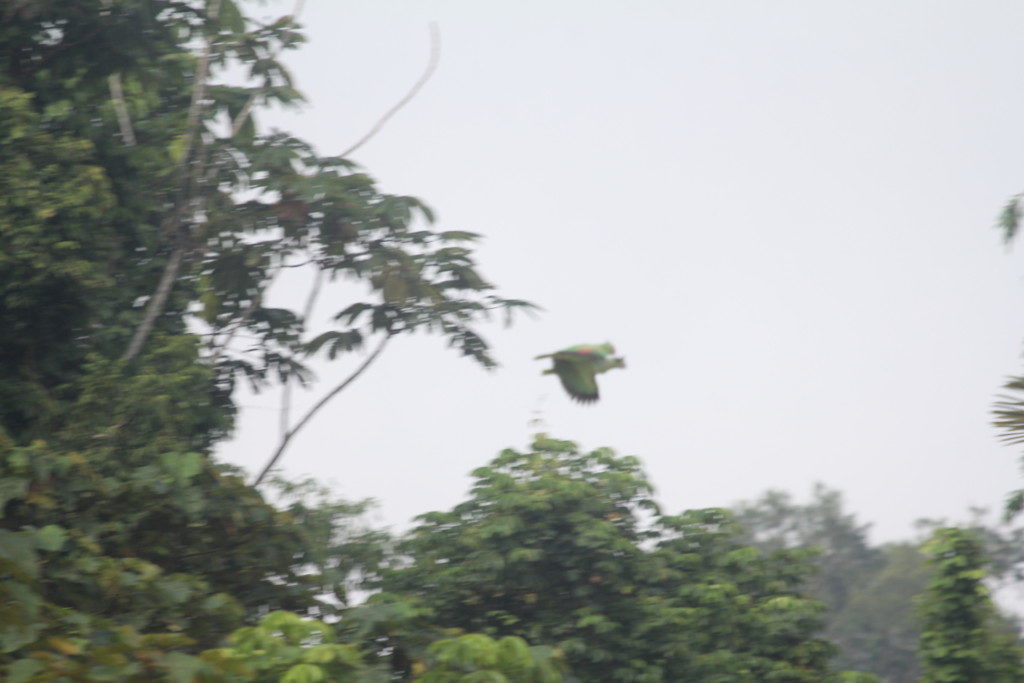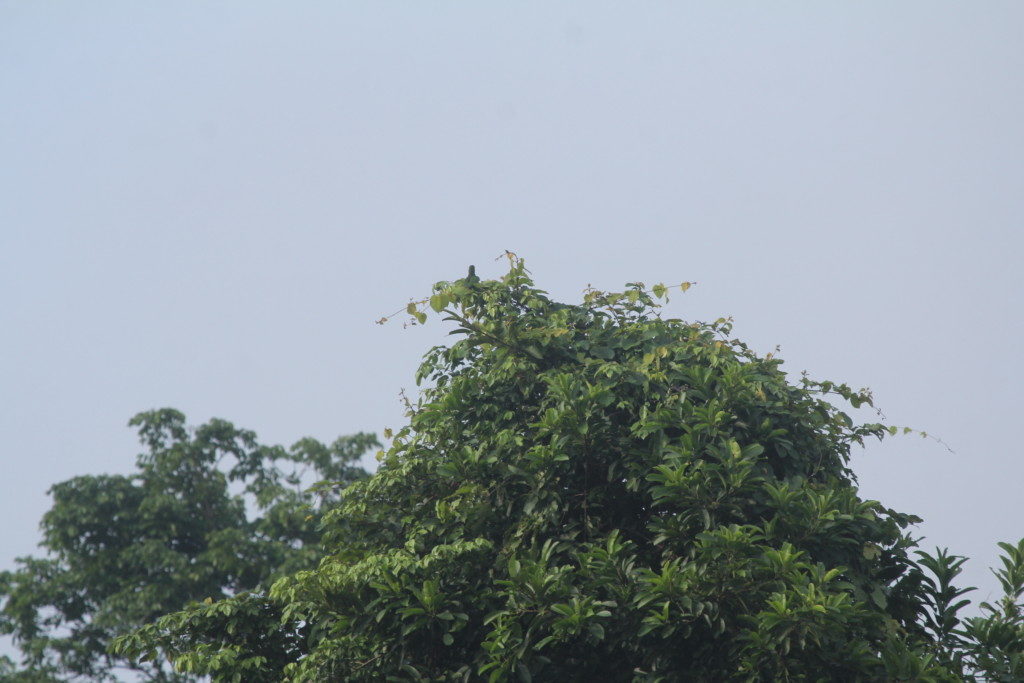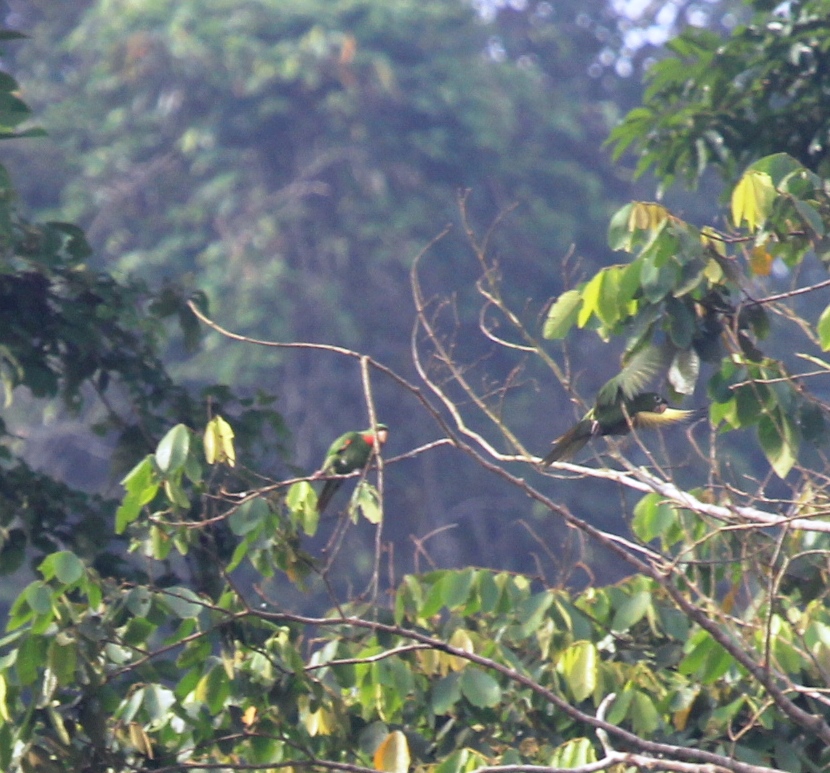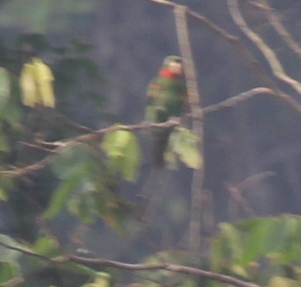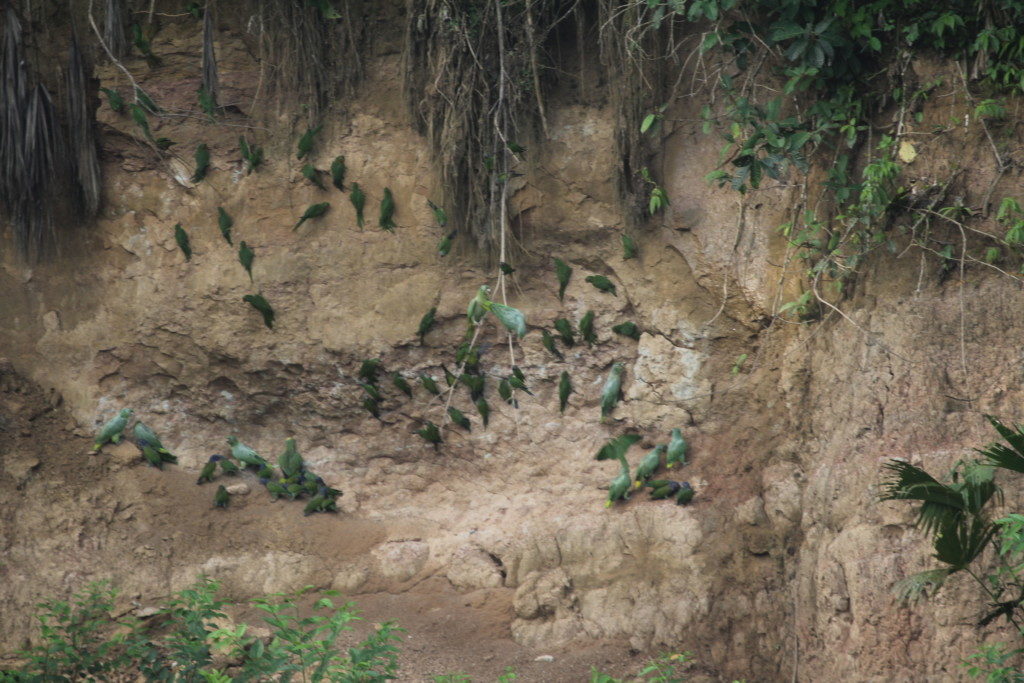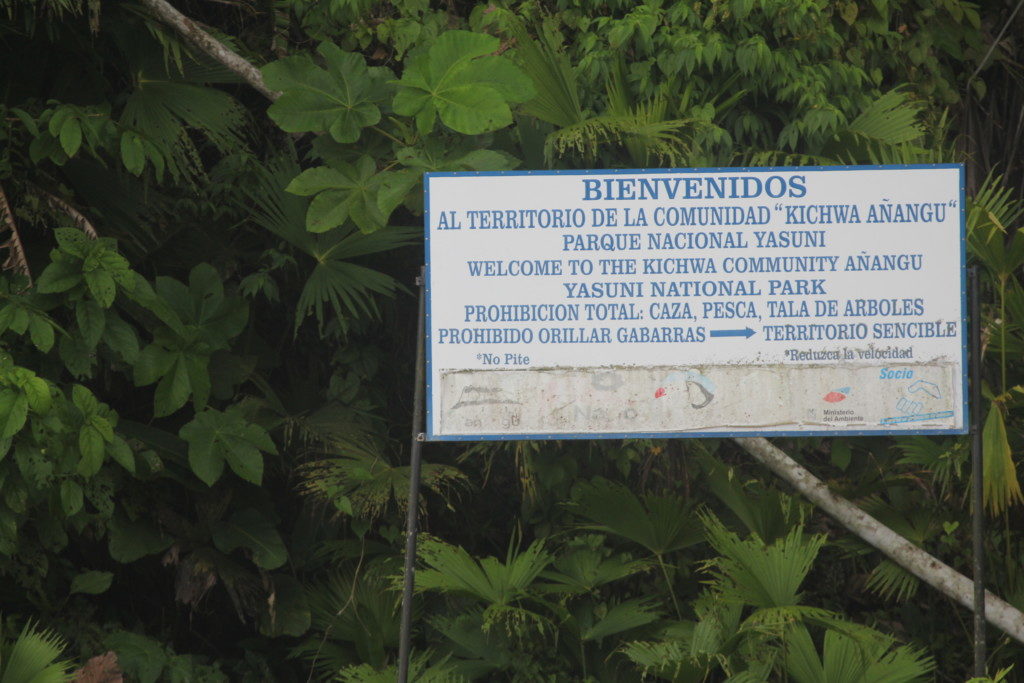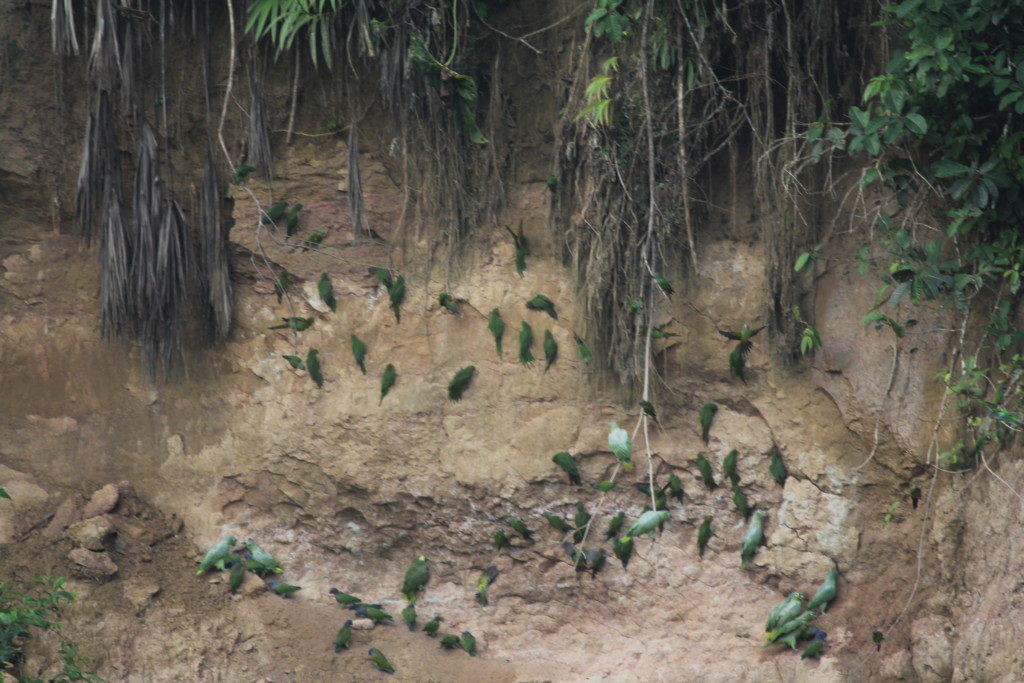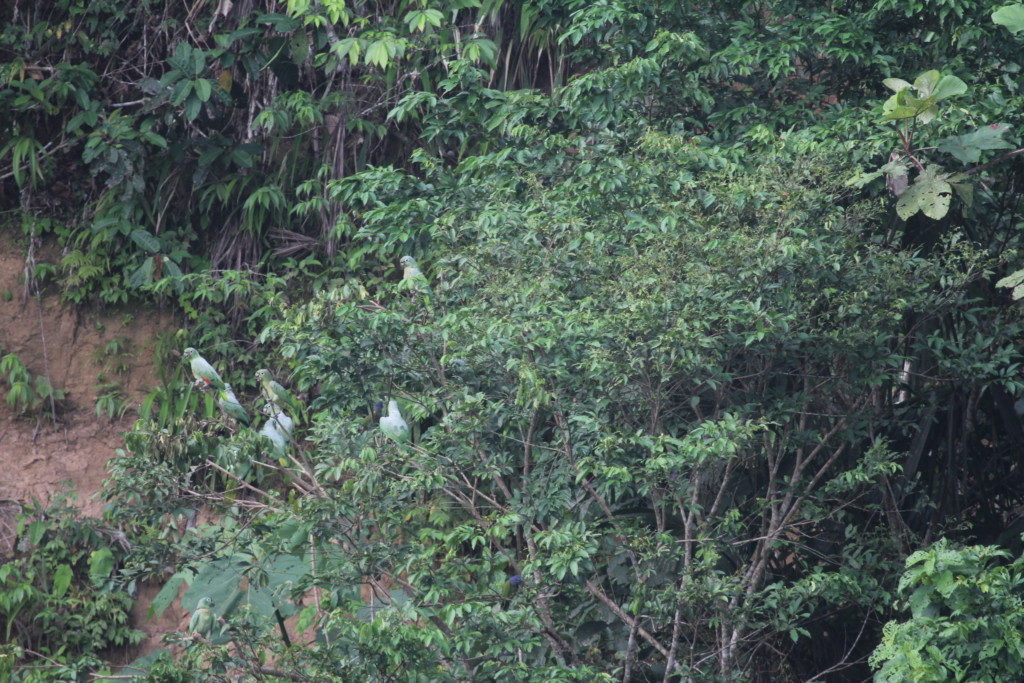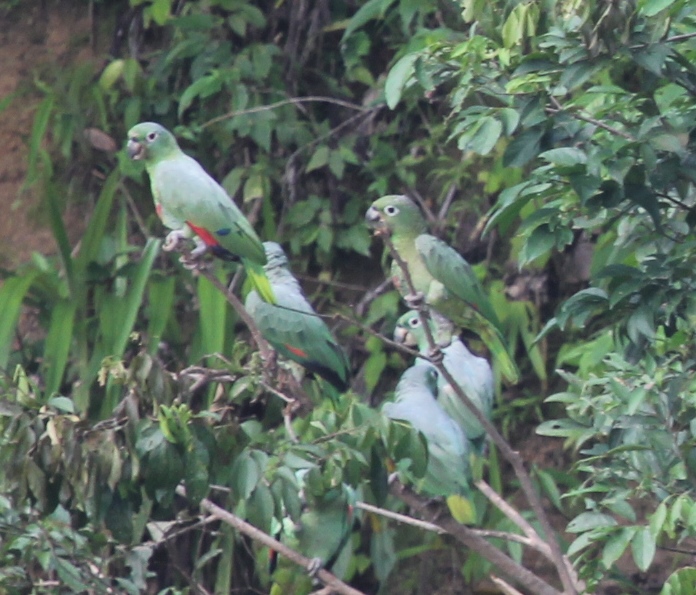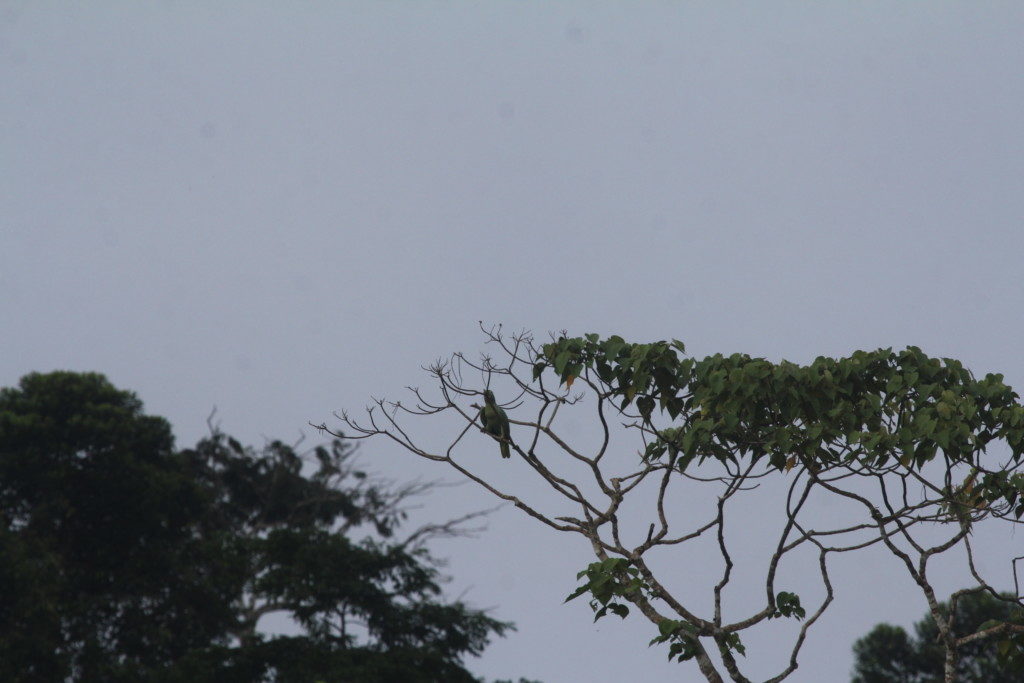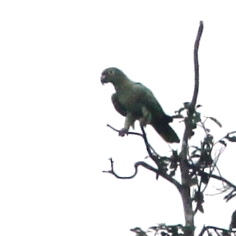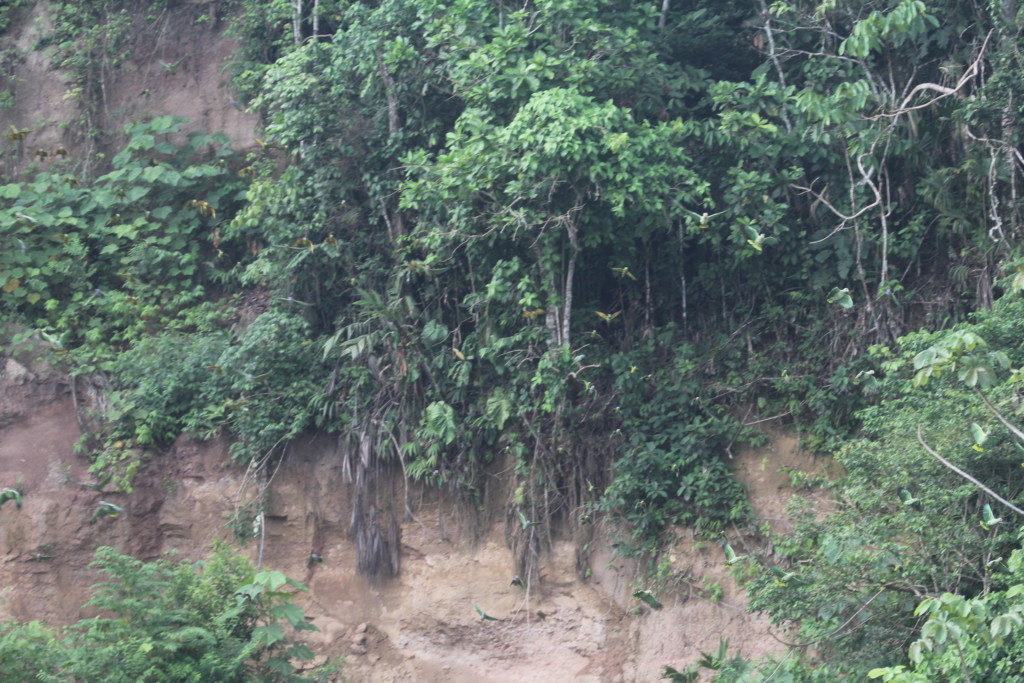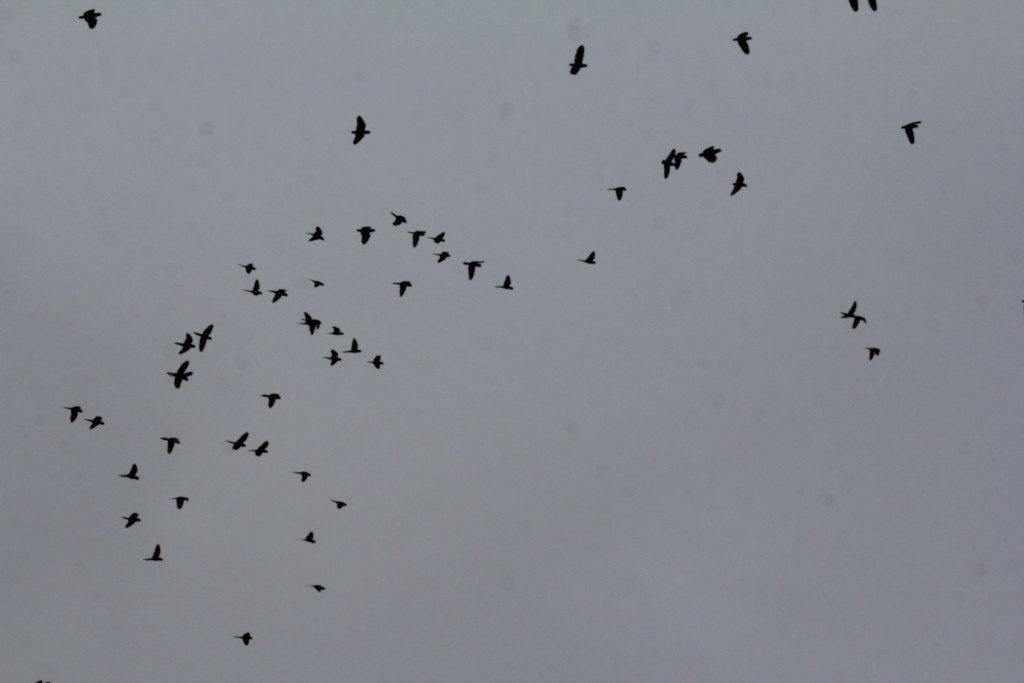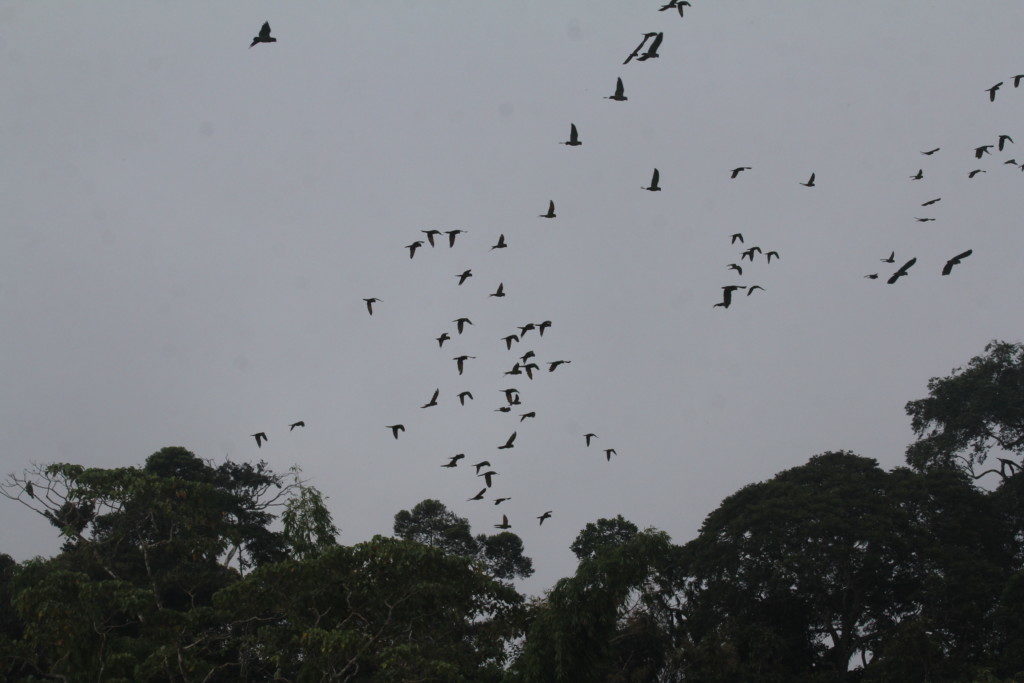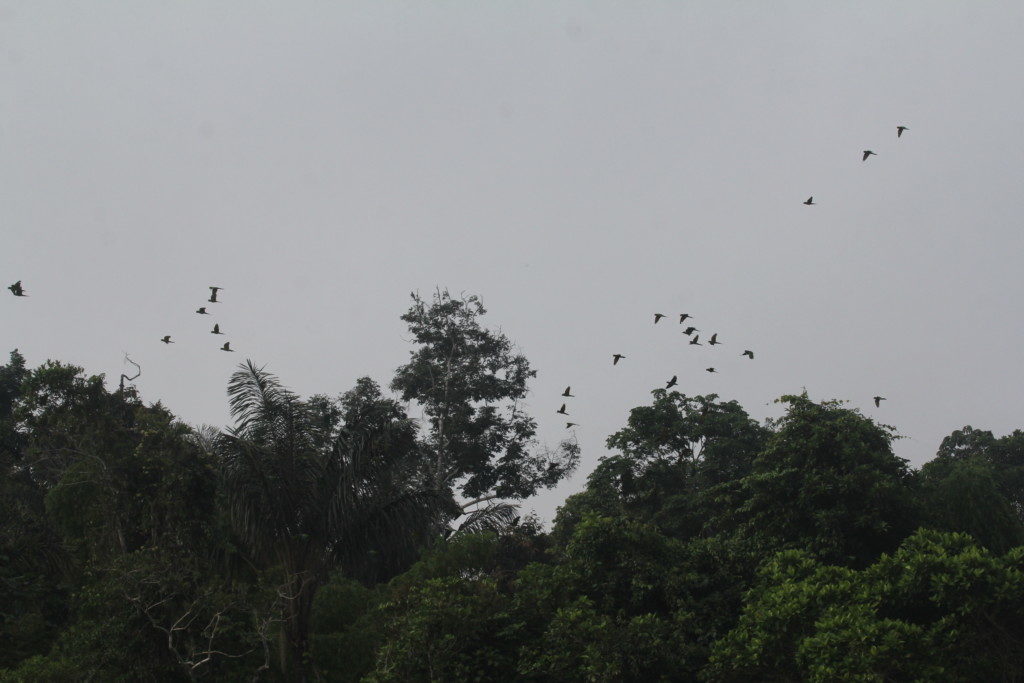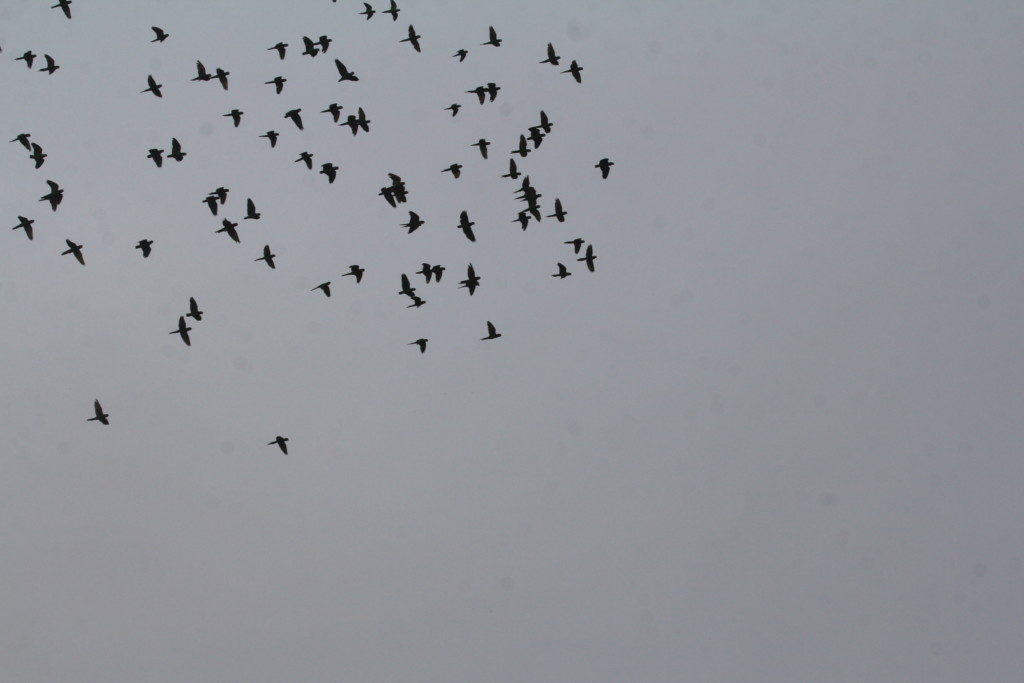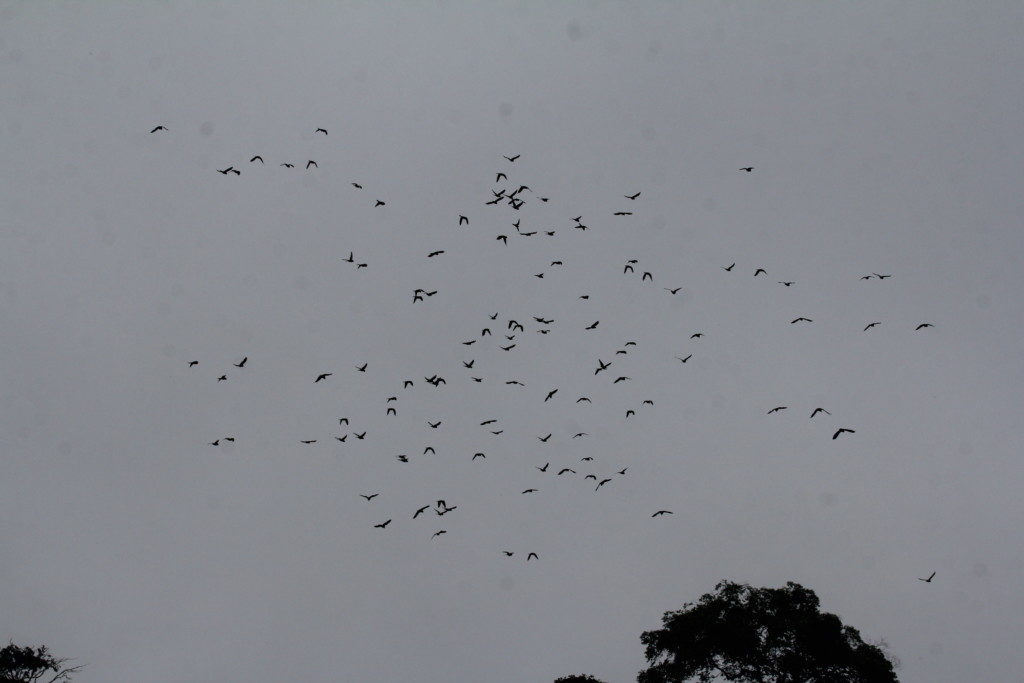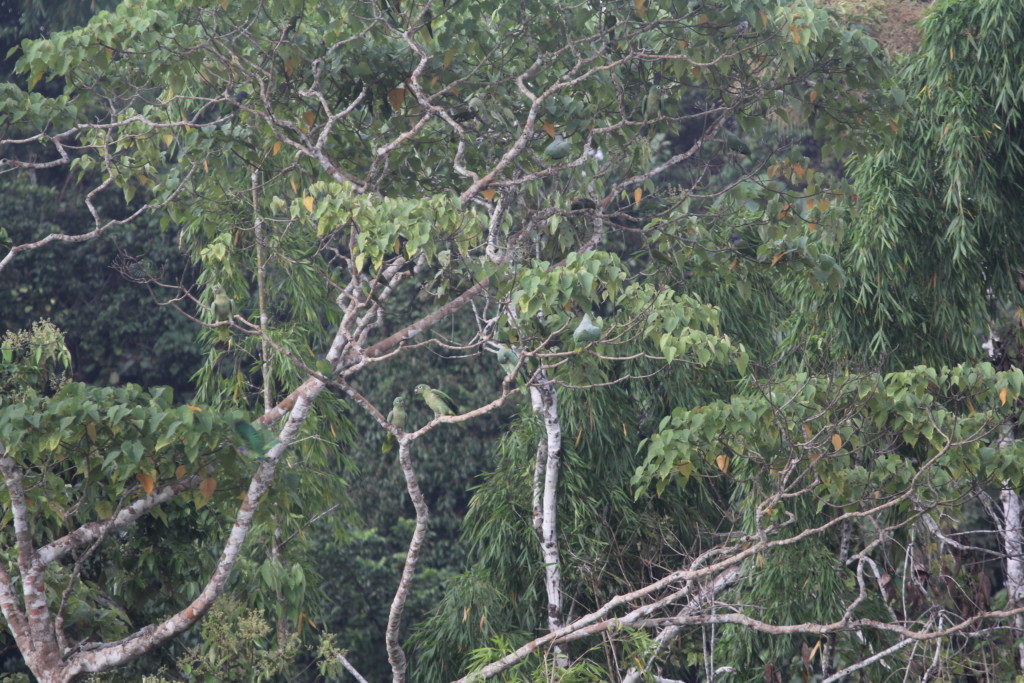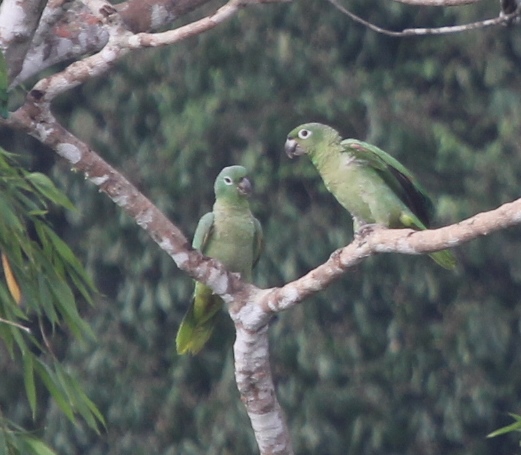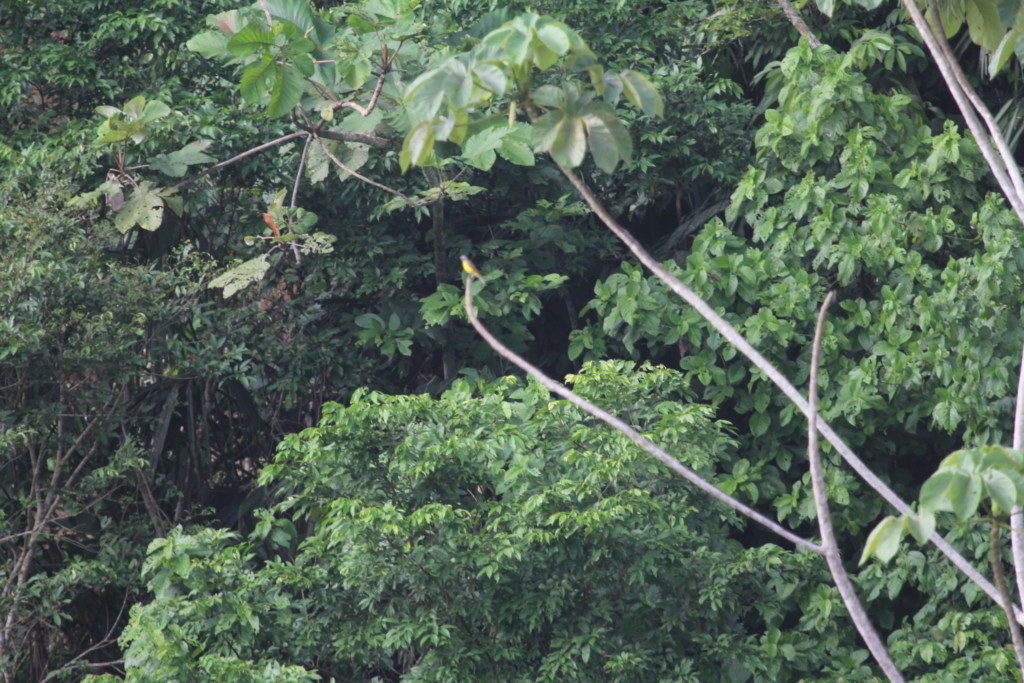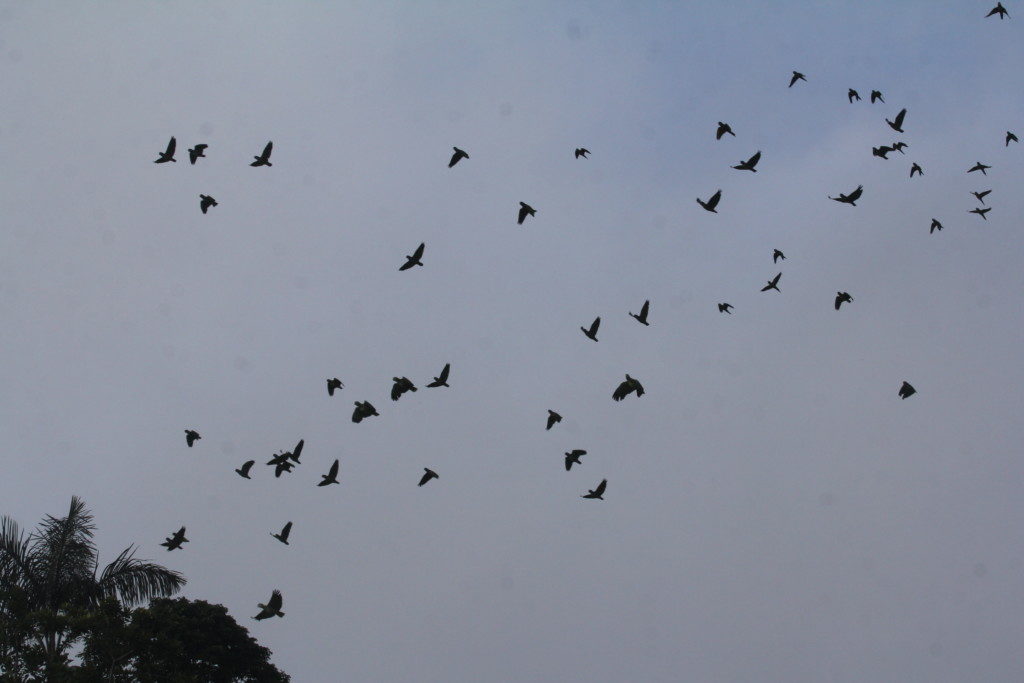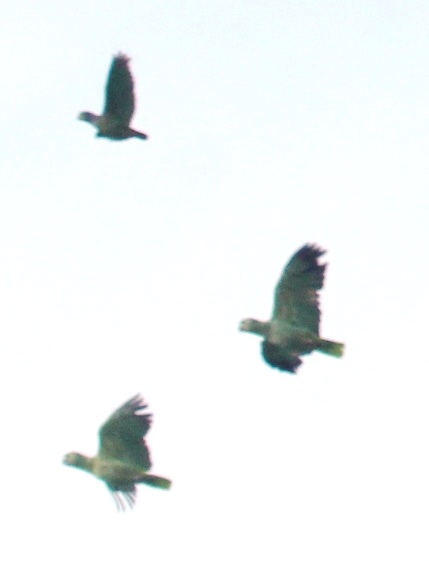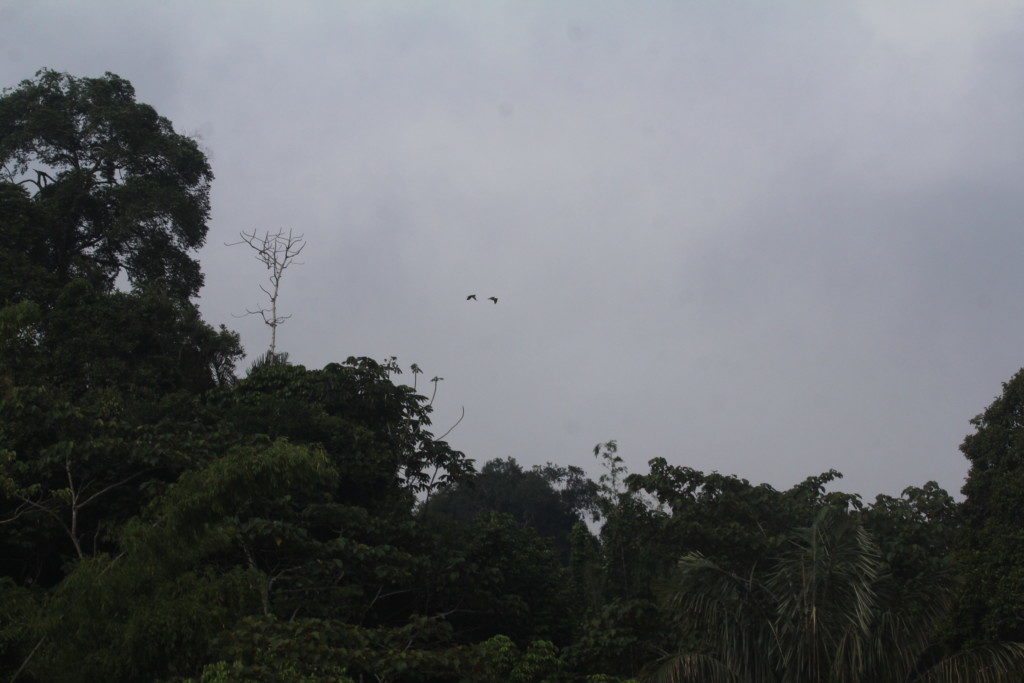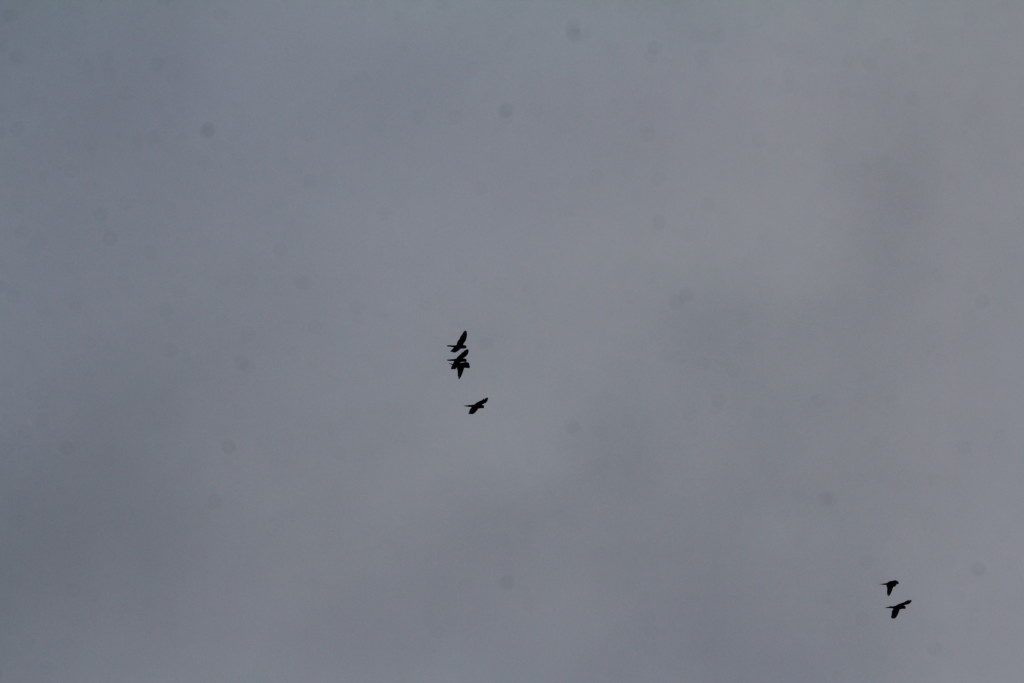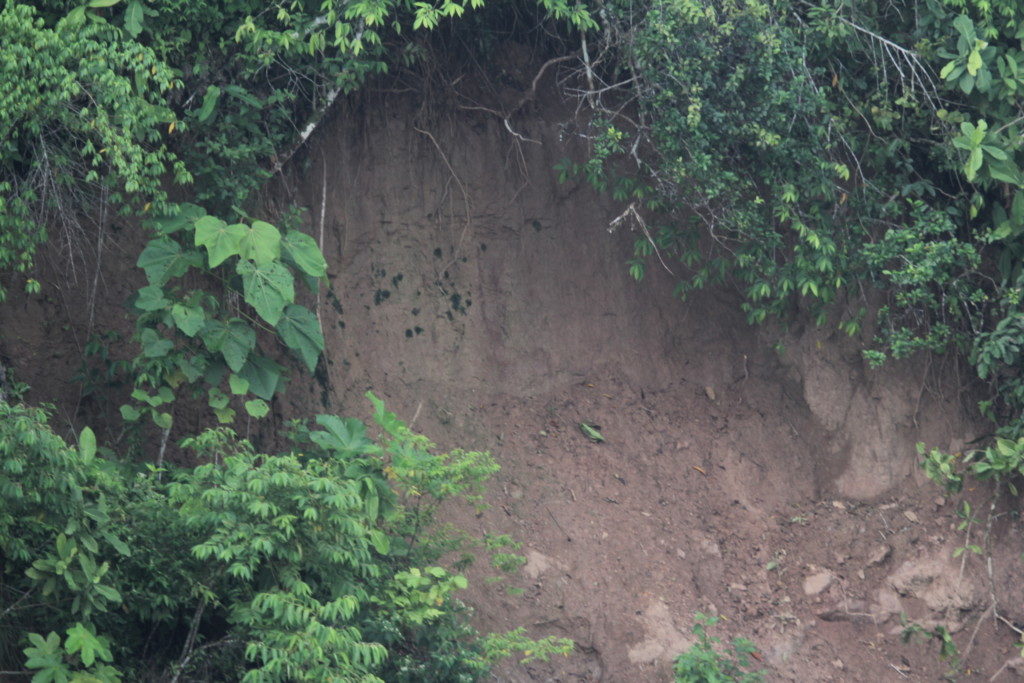For any birder, the Yasuni National Park is a MUST when you visit Ecuador for it’s amazing biodiversity and stunning parrot clay licks. The good news – you will see lots of birds! The bad news – it won’t be cheap! The main birding lodges are only accessible by river and each lodge has its own boat so you need a package that includes your accommodation, transfers and full board as there is no where else to eat out there. You can’t get to any of the lodges my road or by public transport. You may see cheaper “backpacker” packages advertised but they won’t be to the Yasuni National Park and you won’t see as many birds nor visit the clay licks. Those packages are more for people who just want a “jungle experience”. First you need to get to Coca, the gateway to the Ecuadorian Amazon.
There is a nice map and overview on Birds in Ecuador website. I have highlighted the lodge we stayed at – Napo Wildlife Center and the approximate location of the clay licks.
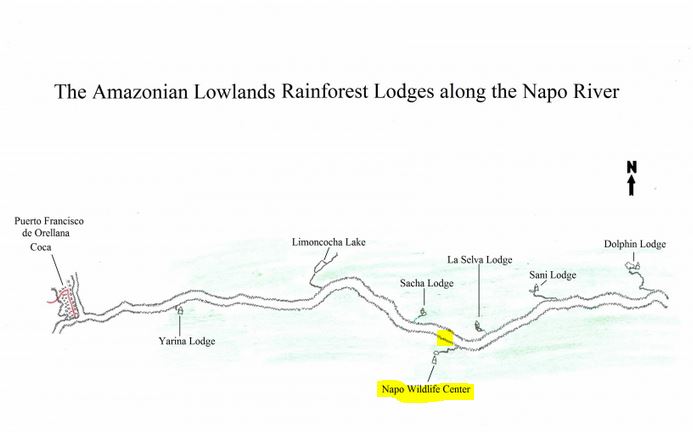
There is one way to save a bit of money. You can use Avianca Lifemiles to pay for the flight from Quito to Coca which is a bargain at only 3000 miles. Most lodges and tour operators will quote a package including this flight so be sure to ask for the price without the flights. I also recommend going back to Quito by bus and stopping at some other lodges like WildSumaco, Cabanas San Isidro and Guango Lodge so in that case just redeem your one way flight. I’ll be reviewing those lodges in turn as this report progresses.
CHOOSING A LODGE
You really can’t go wrong with the ones that are near the parrot clay licks. There isn’t a huge difference in price between them and bear in mind that only Napo Wildlife Center includes both parrot clay licks in the price of their package although other lodges can go there with an entry fee of $15 per person (2016). You can use travel agents to compare costs and see if there are any special deals going on but note that the clay licks are far less active in the rainy season. Here is an example of a travel agency I found by Googling. They have packages to all the lodges and you can see the different prices. The ones that are cheaper aren’t in the Yasuni National Park where you can visit the clay licks.
This is probably going to be the most expensive part of your trip to Ecuador unless you also do a Galapagos cruise so I suggest taking a lot of time and doing your homework. Look at each lodge’s website and email them to see if they have any specials going on. Check travel agencies too. Also make sure they quote without the Quito-Coca flights if you are using miles. Make sure you can pay with a credit card, it’s a lot of points as a travel related charge on a Citi Thank You Premier or a Chase Sapphire Preferred!
Napo Wildlife Center
Yasuni Kichwa Ecolodge Tour – this is a sister lodge to NWC and is located in the Anangu village. We visited the village for lunch on the parrot clay lick day and I found out that they have accommodation that is cheaper than NWC and you are actually closer to the clay licks. I recommend trying to get a package that gives you a couple days in each location as NWC is closer to the canopy tower so you can have the best of both worlds!
Sacha Lodge
La Selva
Sani Lodge
The main things you want to know besides the price is to make sure they will give you a naturalist guide who knows the birds very well and it’s a good idea to make sure the guide will have a scope. Our guide had one and it made a huge difference to seeing some species in the distance while on top of the canopy tower.
If you are a single or couple, you will be grouped with the other people who arrive with you that same day and assigned a guide. This worked out well for us as we had excellent guides who found lots of birds and mammals. It could have gone wrong if there had been small kids in the group who would make noise and scare the birds. I did see a family with 2 small kids on the dock as we were boarding and I was hugely relieved when they got onto another boat!
If your finances allow, the lodges can also arrange a private guide that will concentrate on what you want to see. This could come in handy if the other people get bored with birds and want to move on before you have finished watching the birds. You would be able to spend as much time with the birds you want to watch.
Whatever you do, just GO to the Ecuadorian Amazon, it will be a highlight of your trip!
